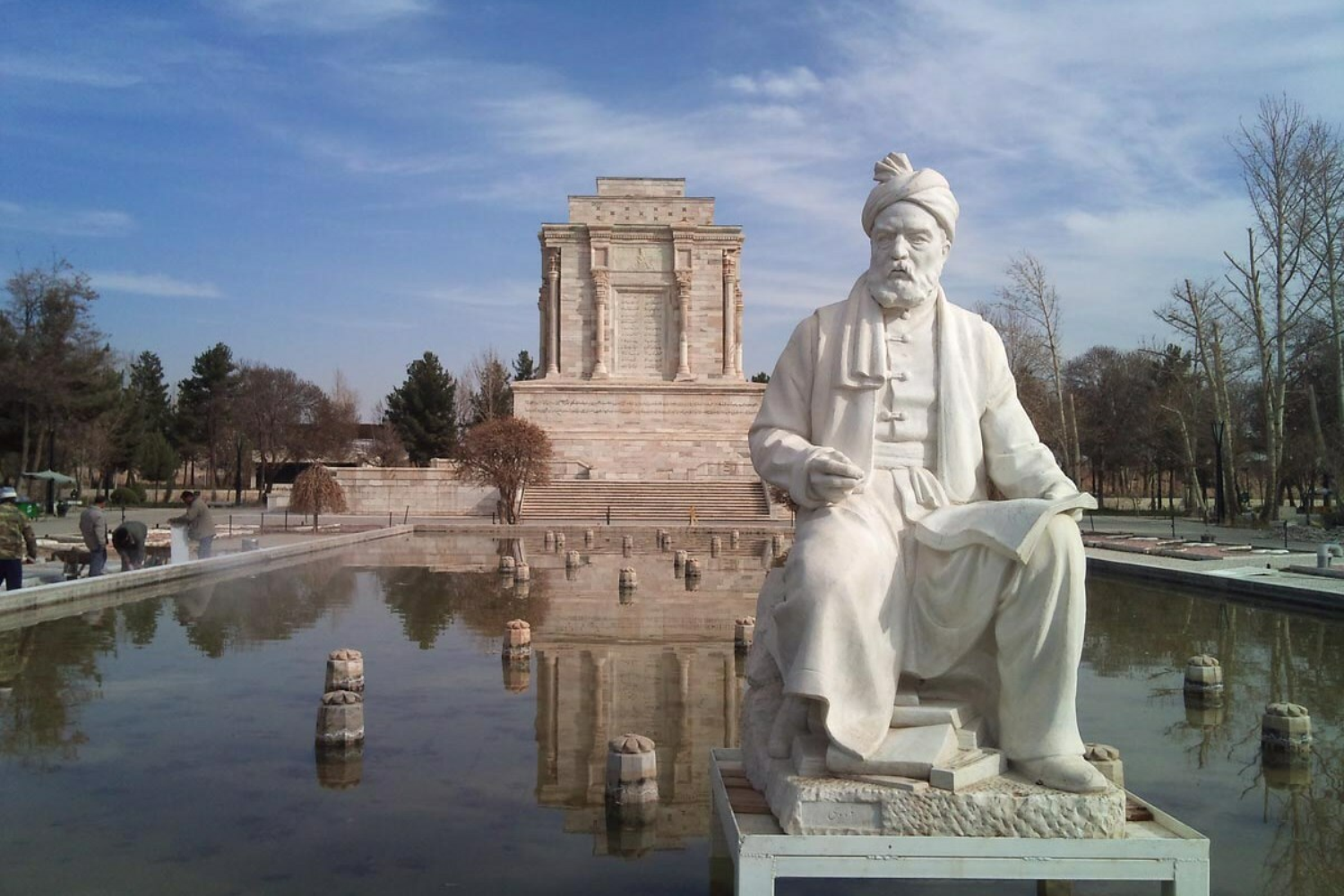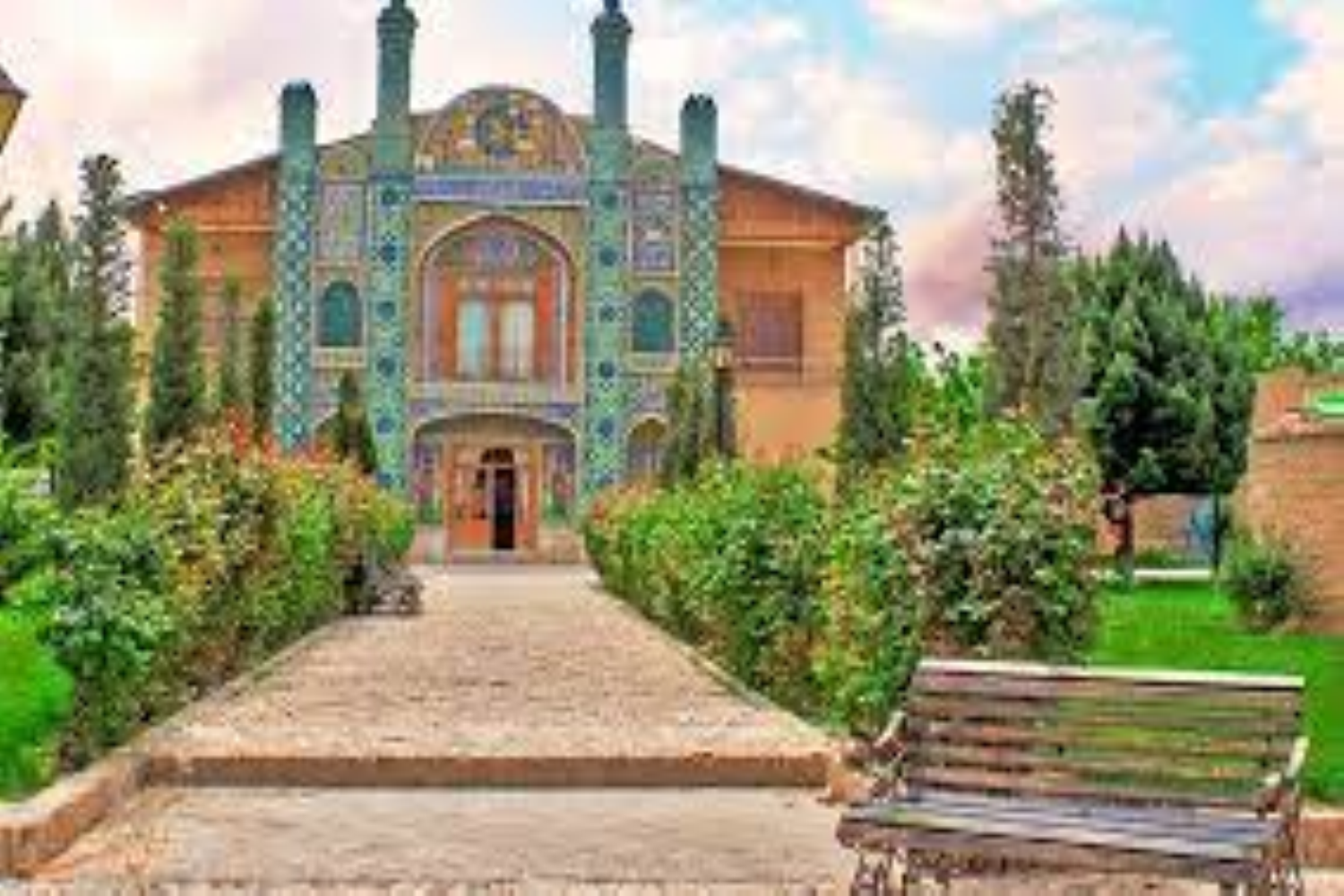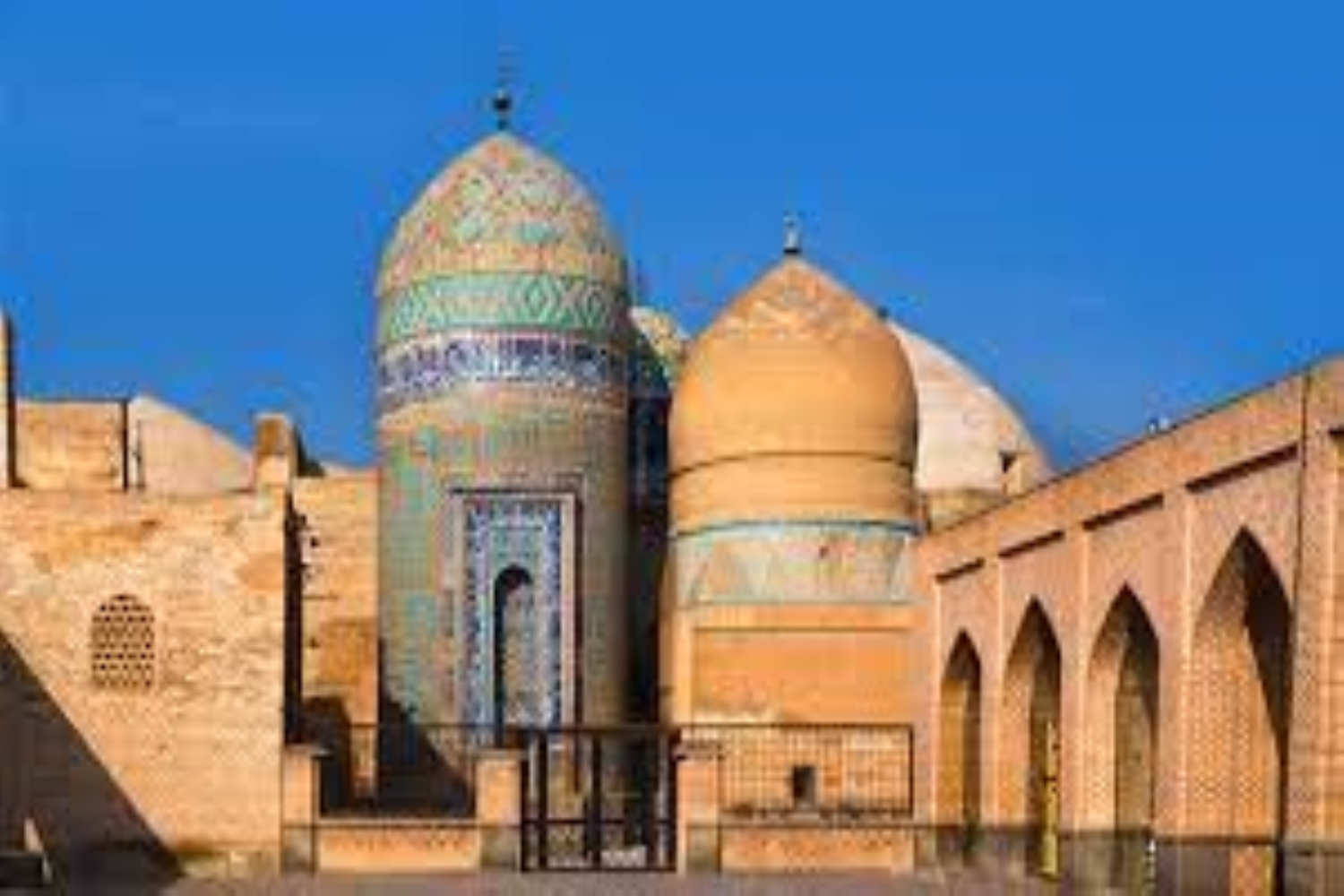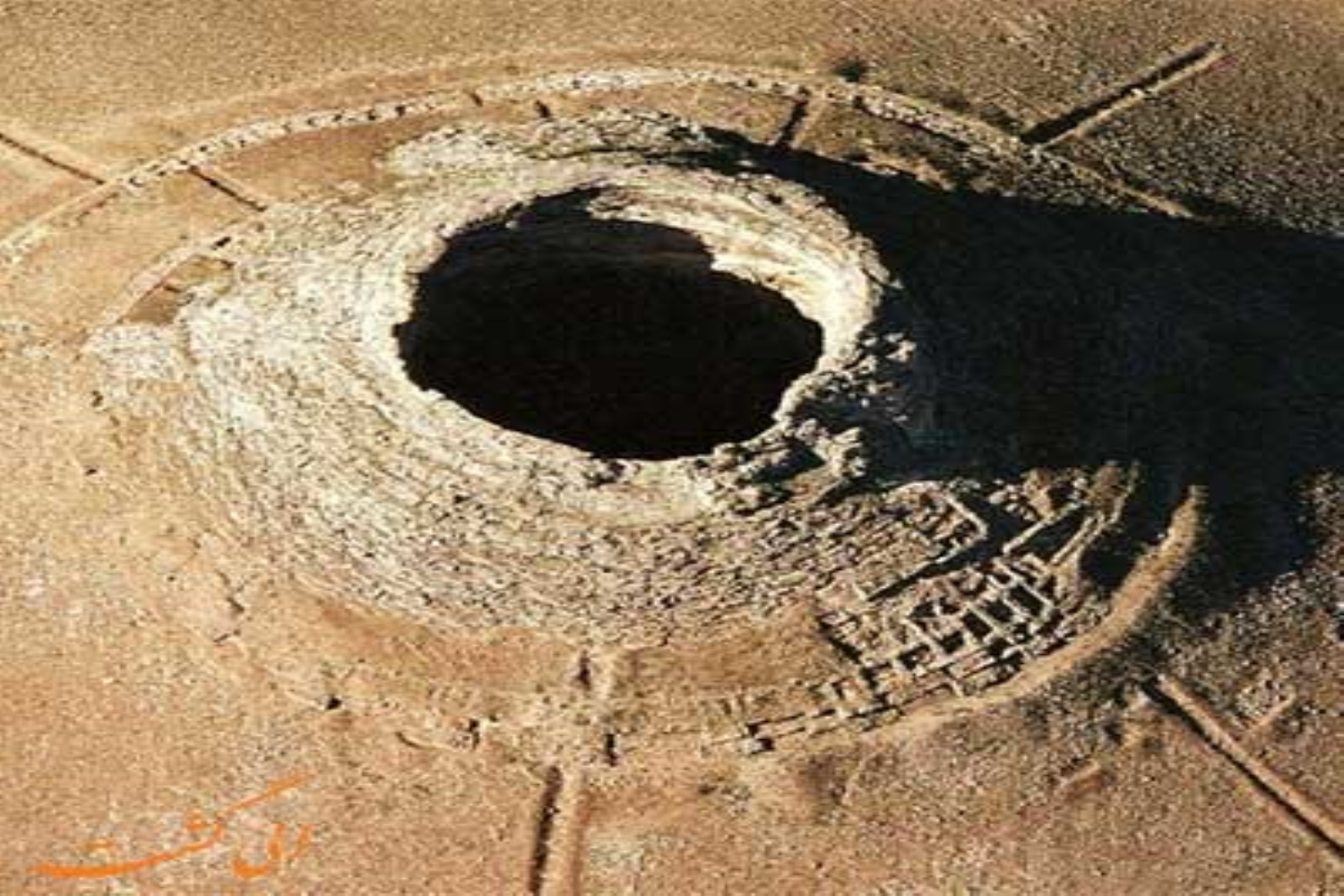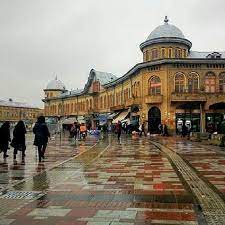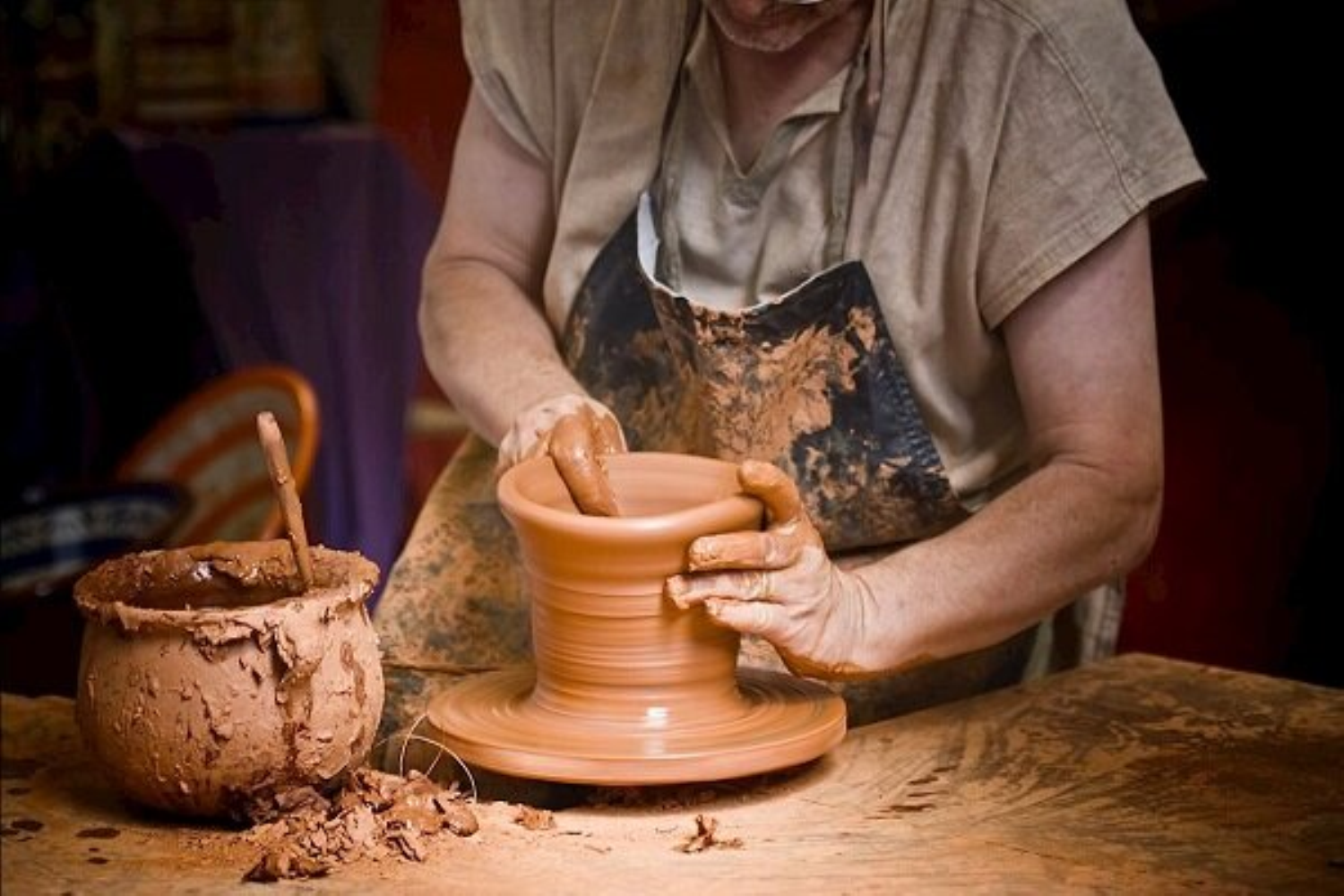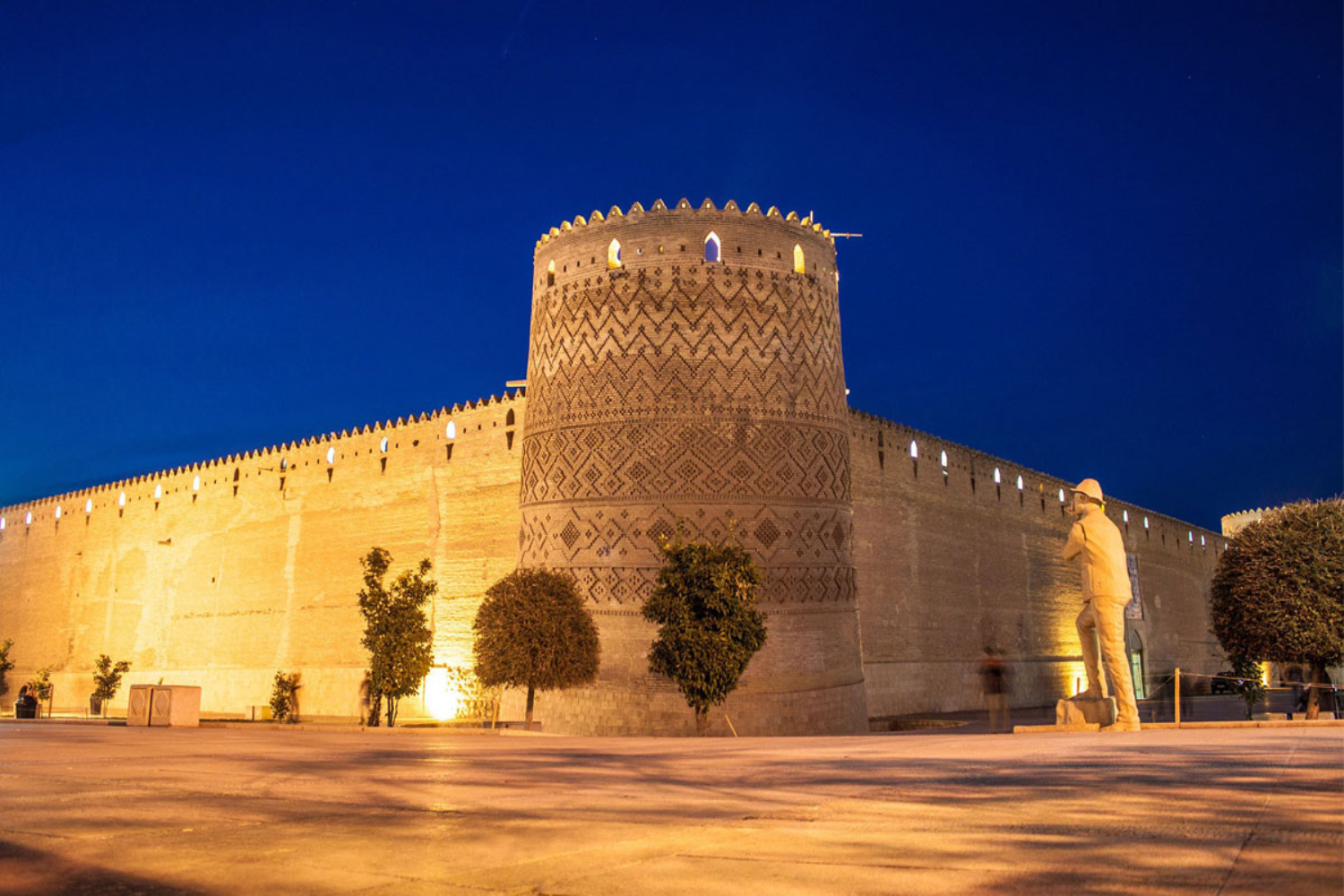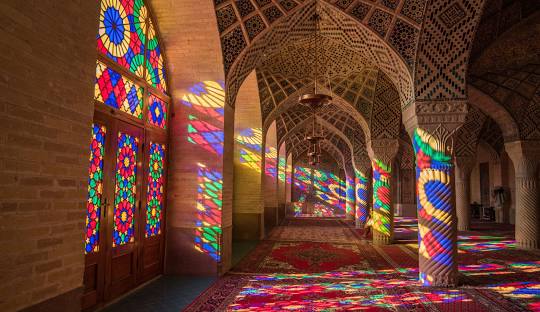R2: Visit Persia Deeply
-
21 Days
-
Max People : 22
-
2025-09-02 - 2025-08-23
-
Language: English/Chinese/Turkish/douch/Spanish
Overview
R2: Visit Persia DeeplyPlaces You’ll See
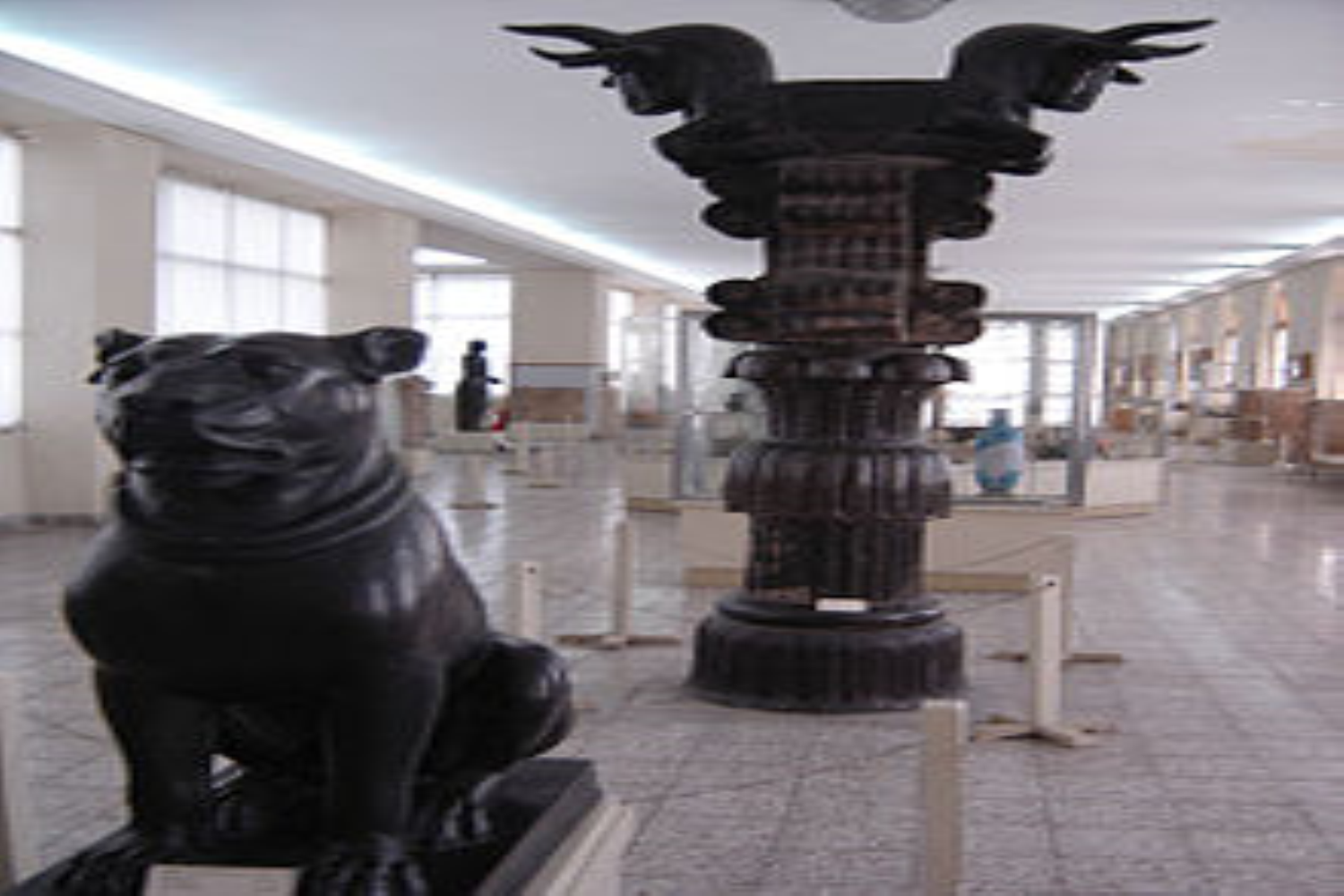
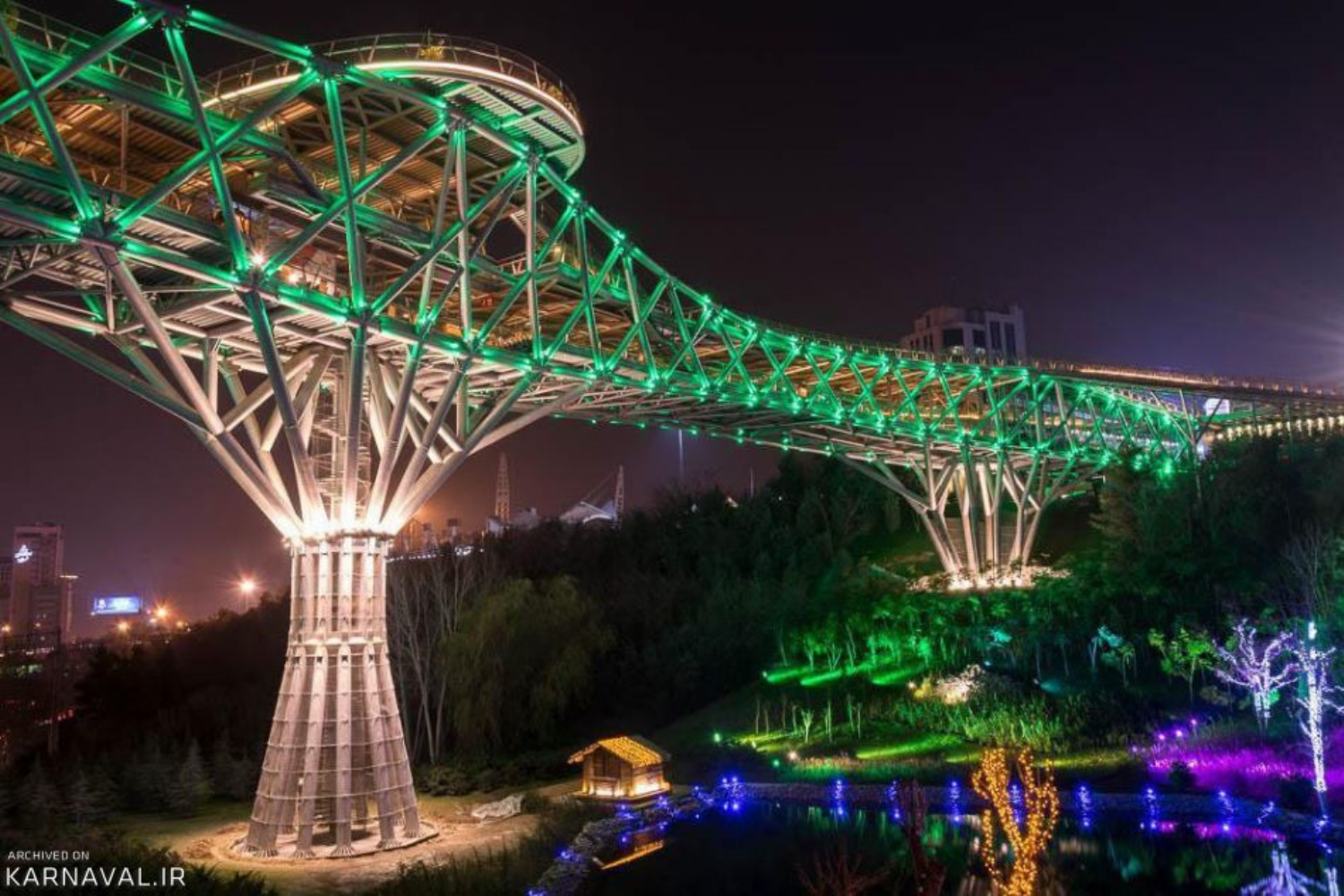
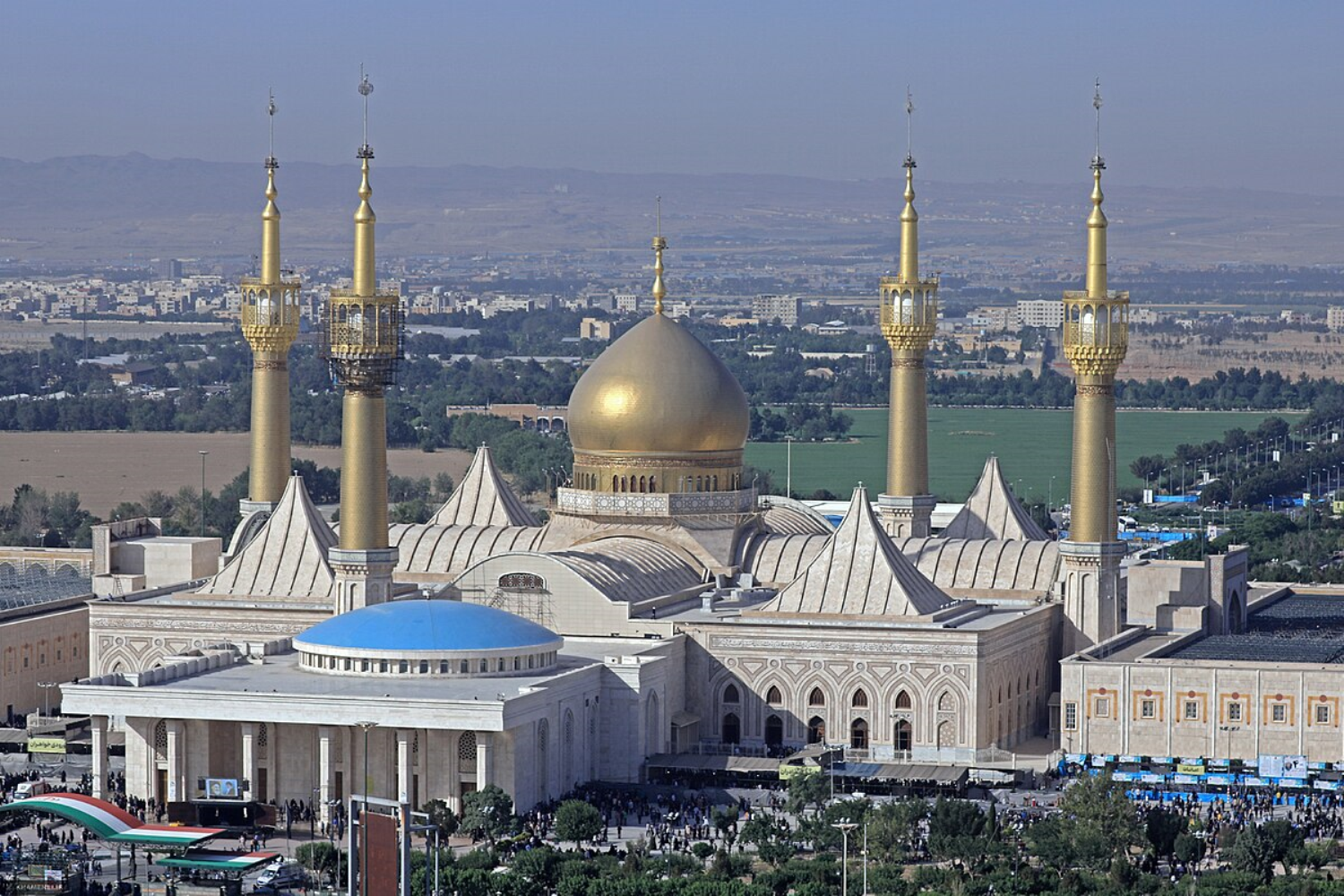
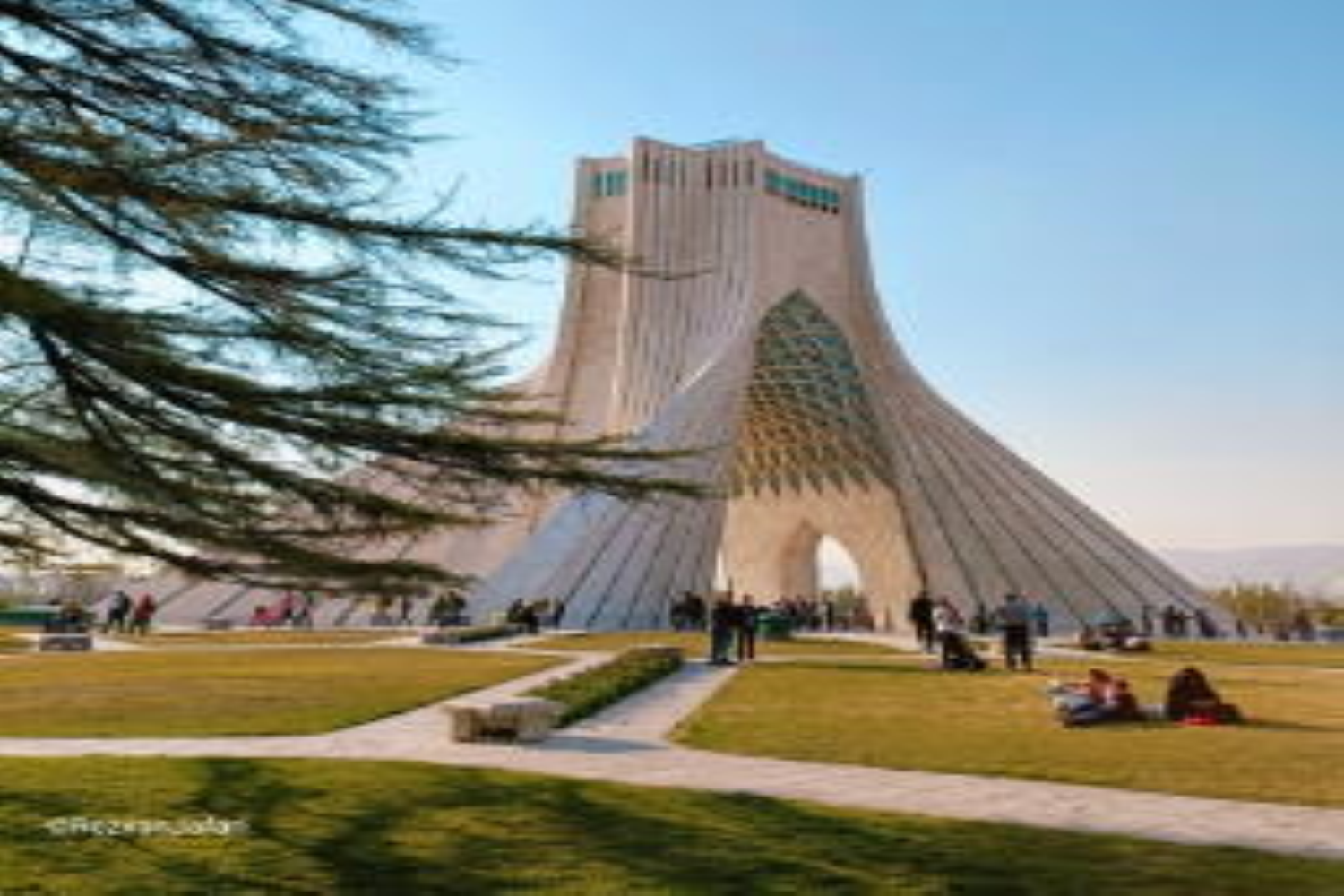
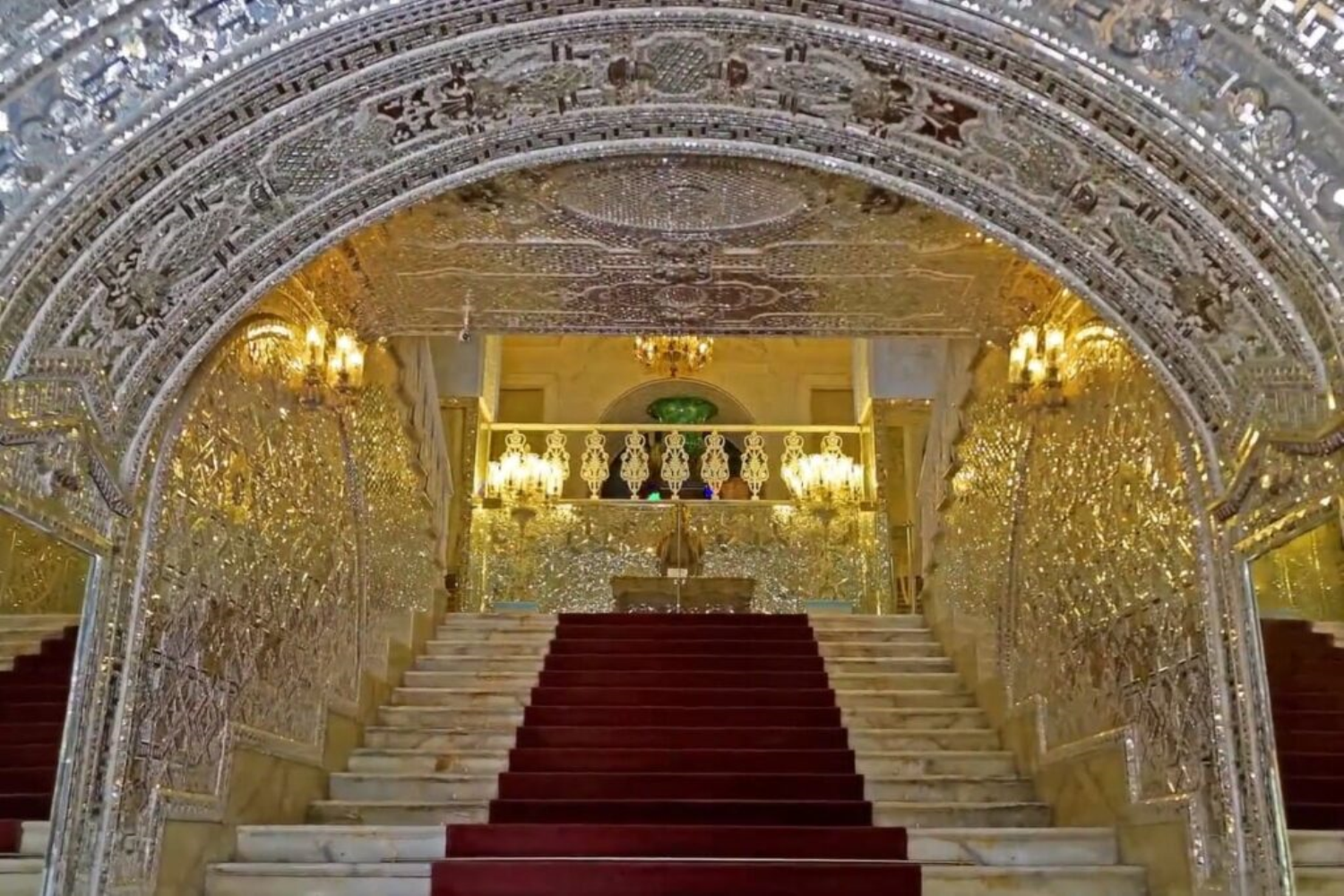
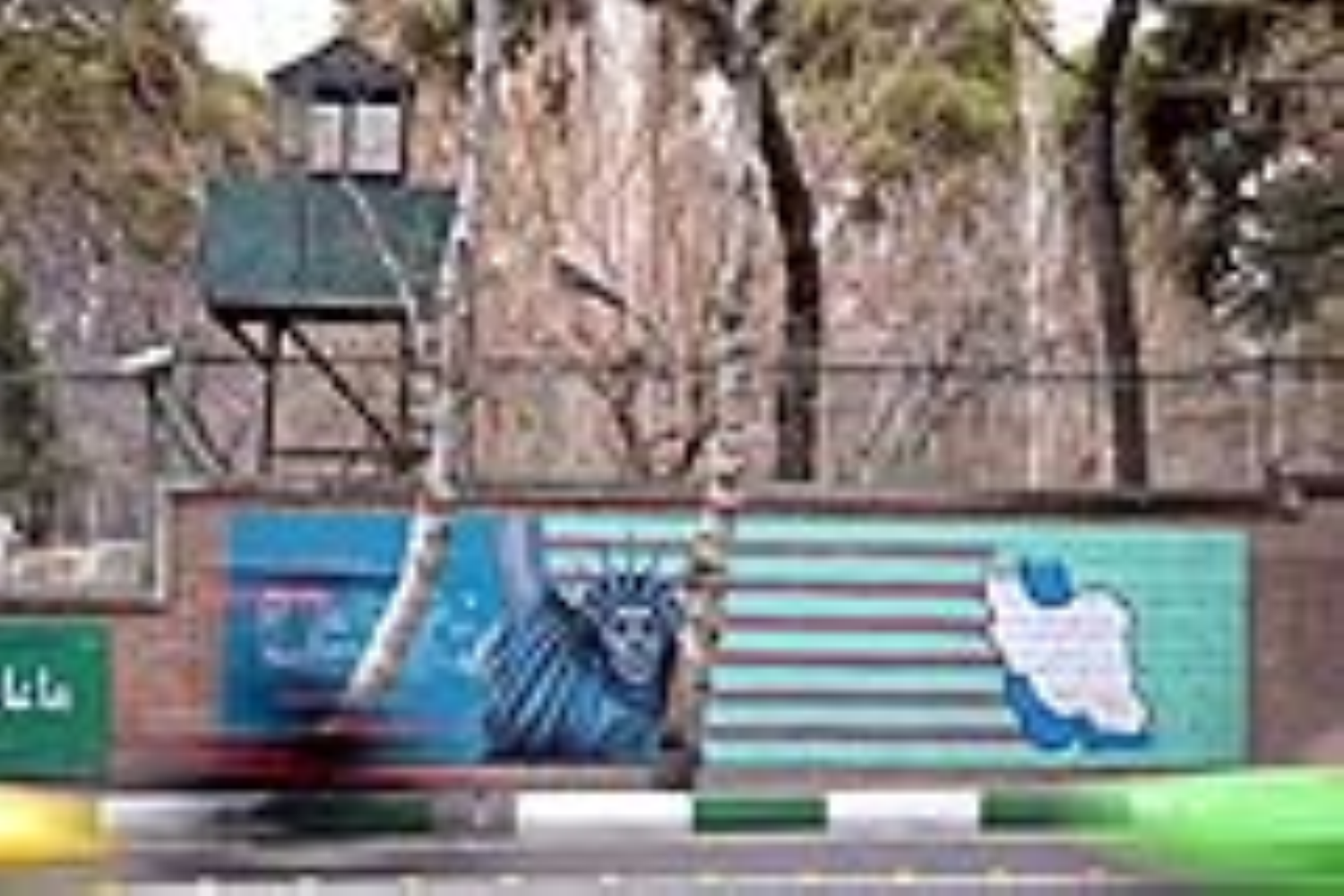
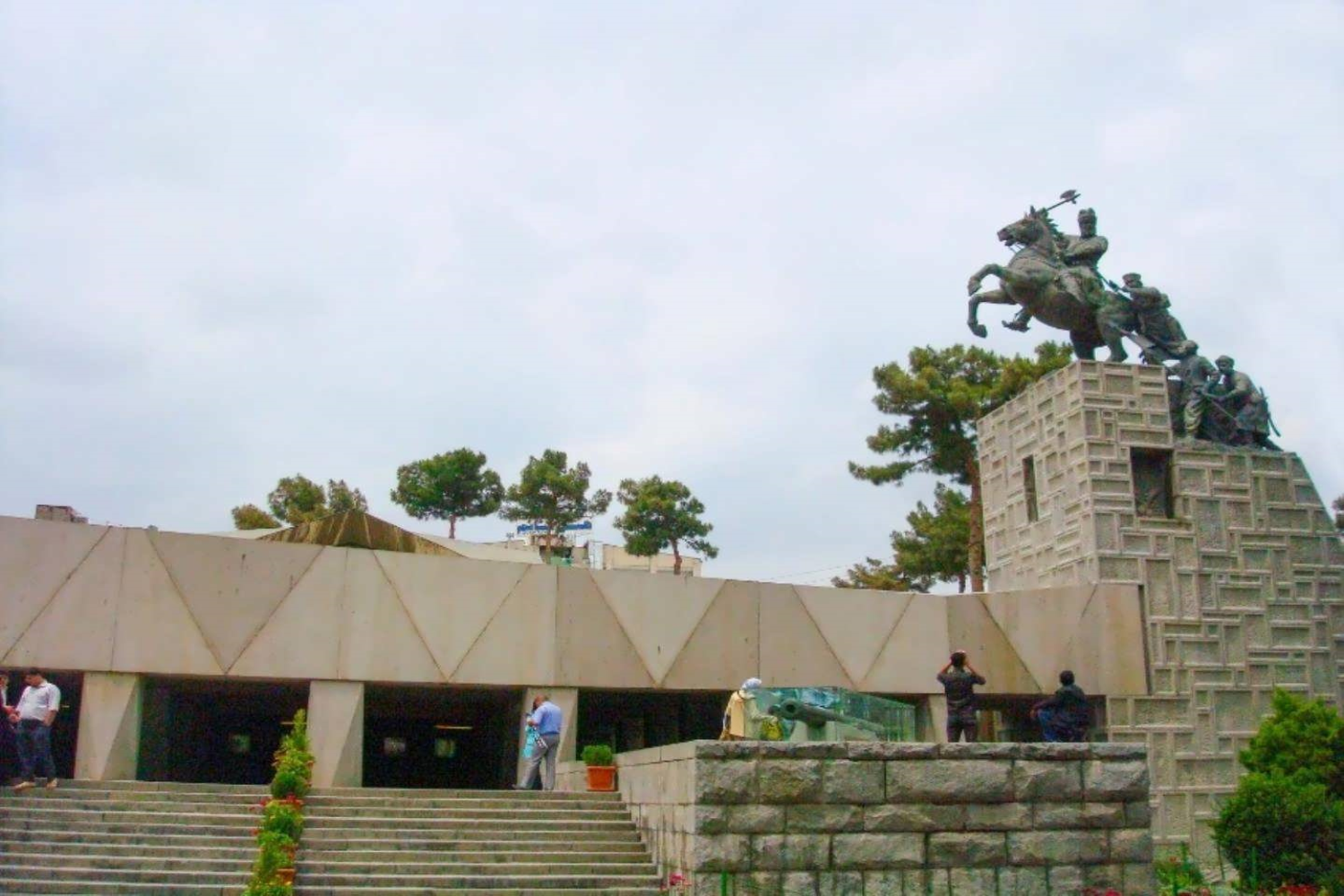
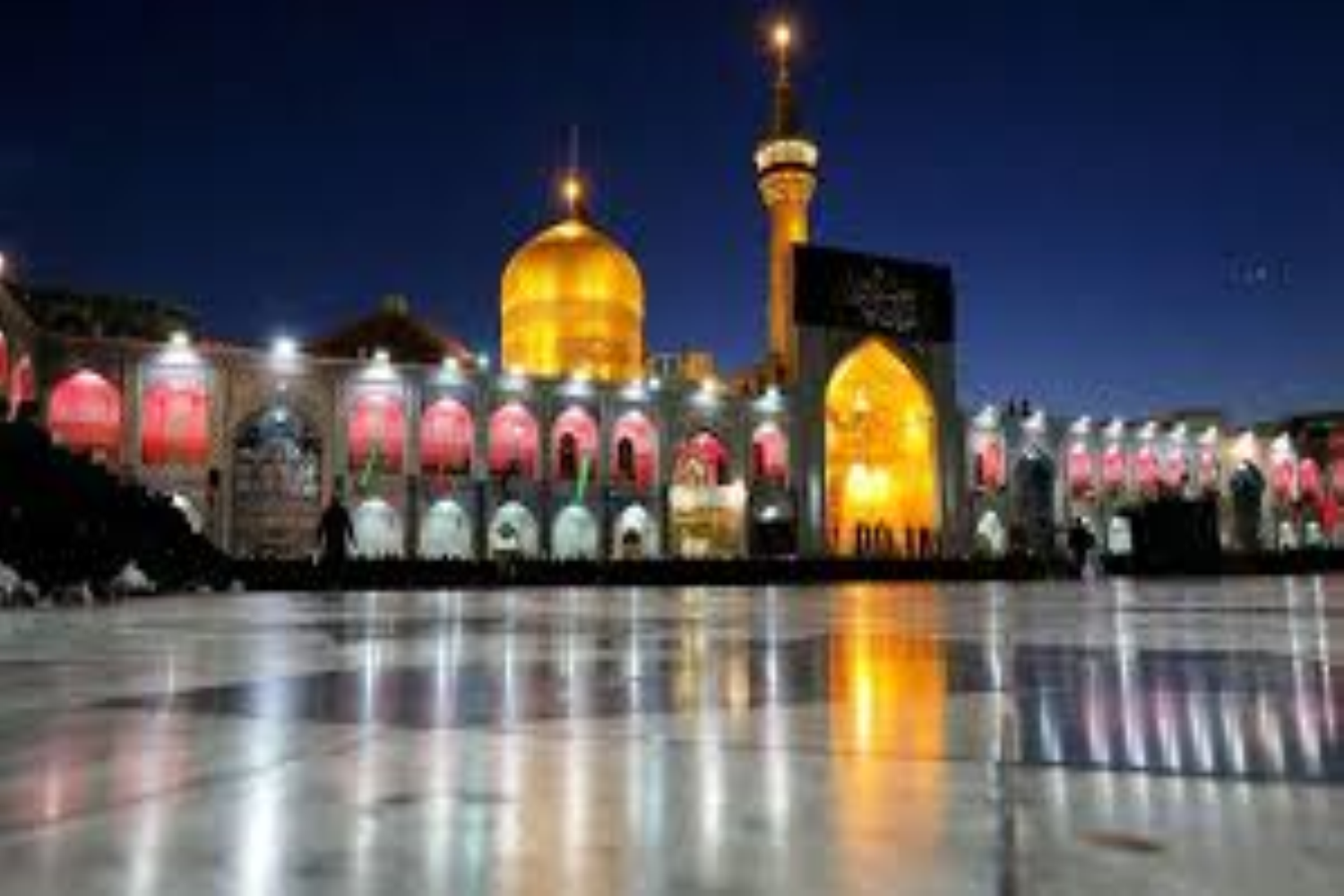
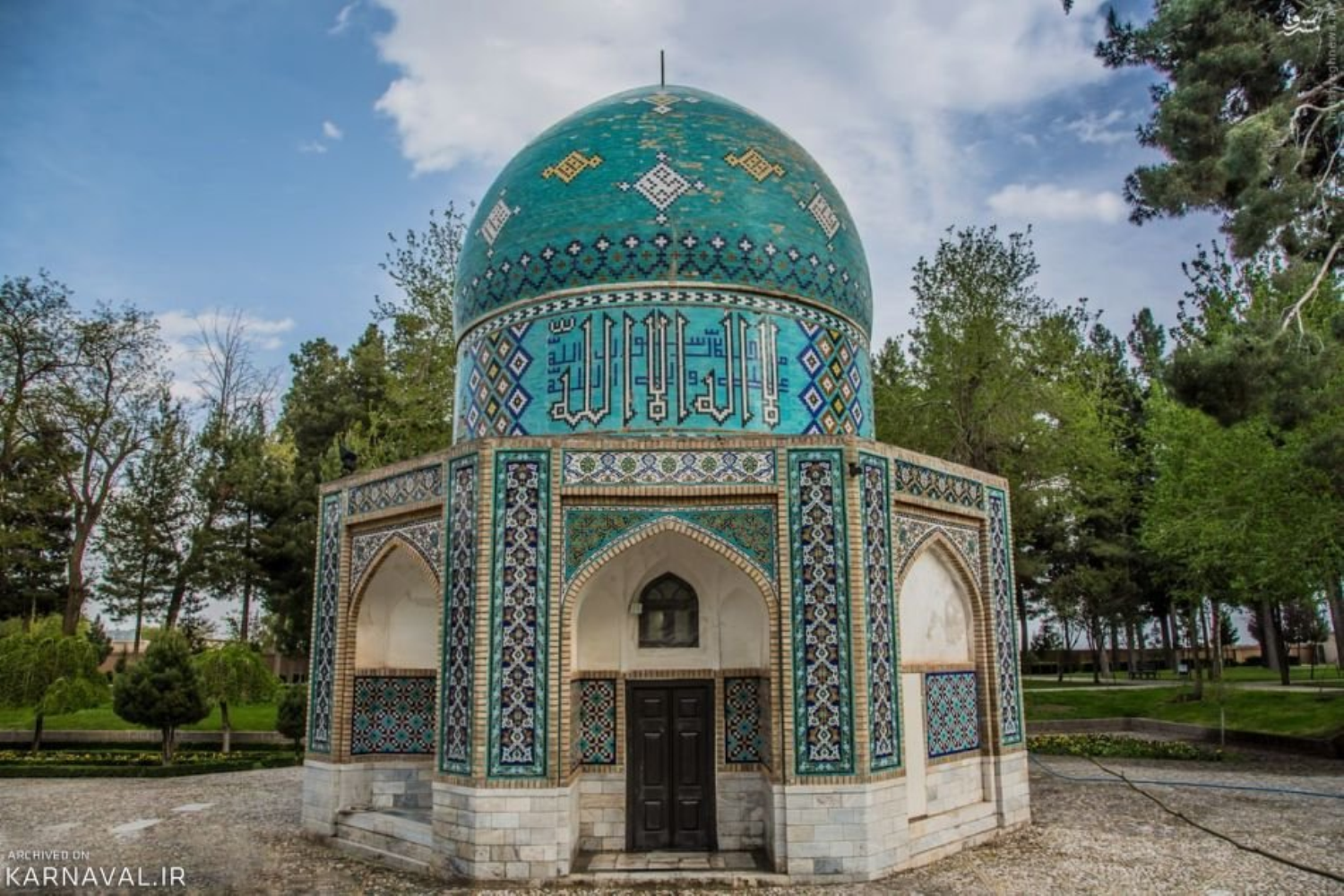
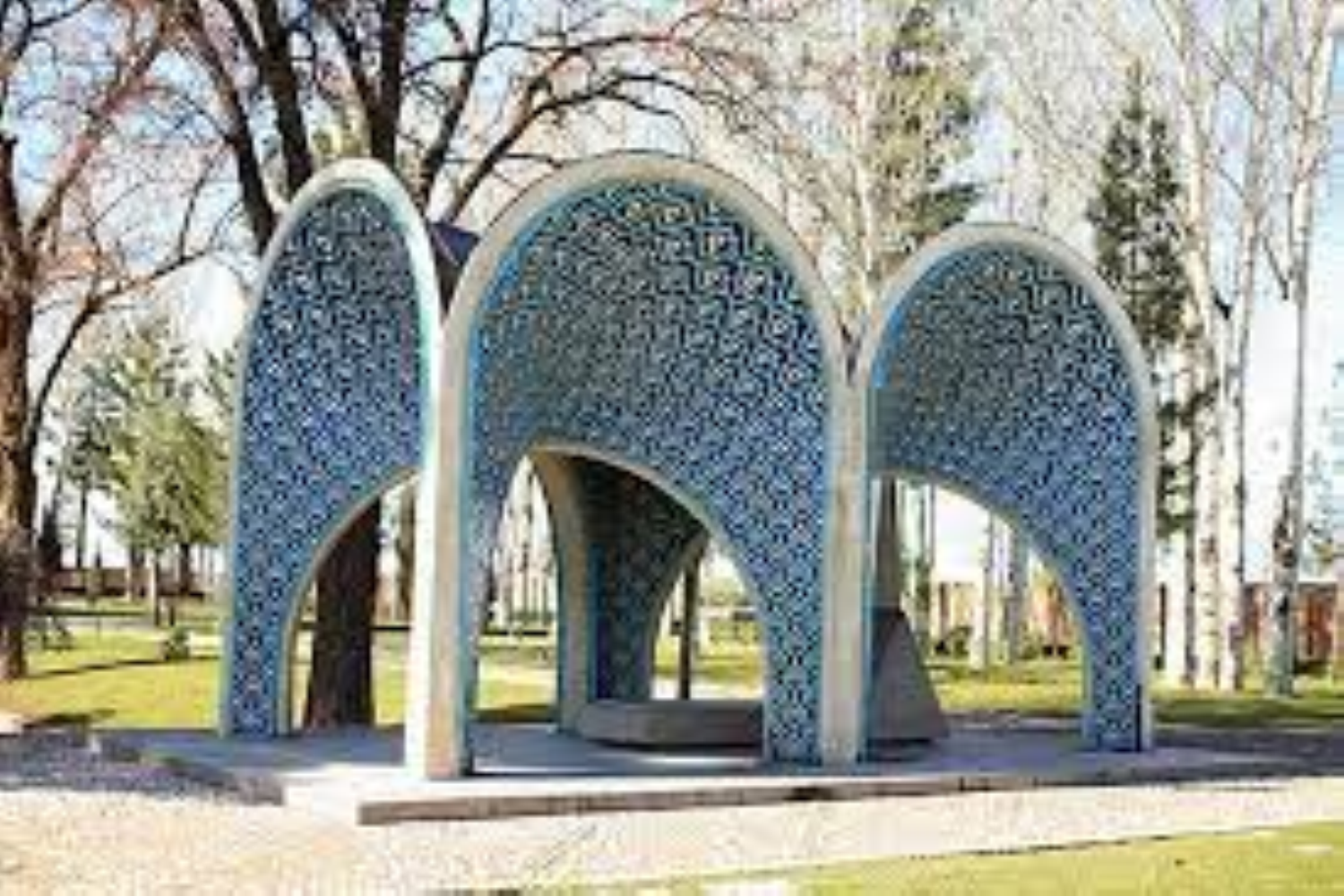
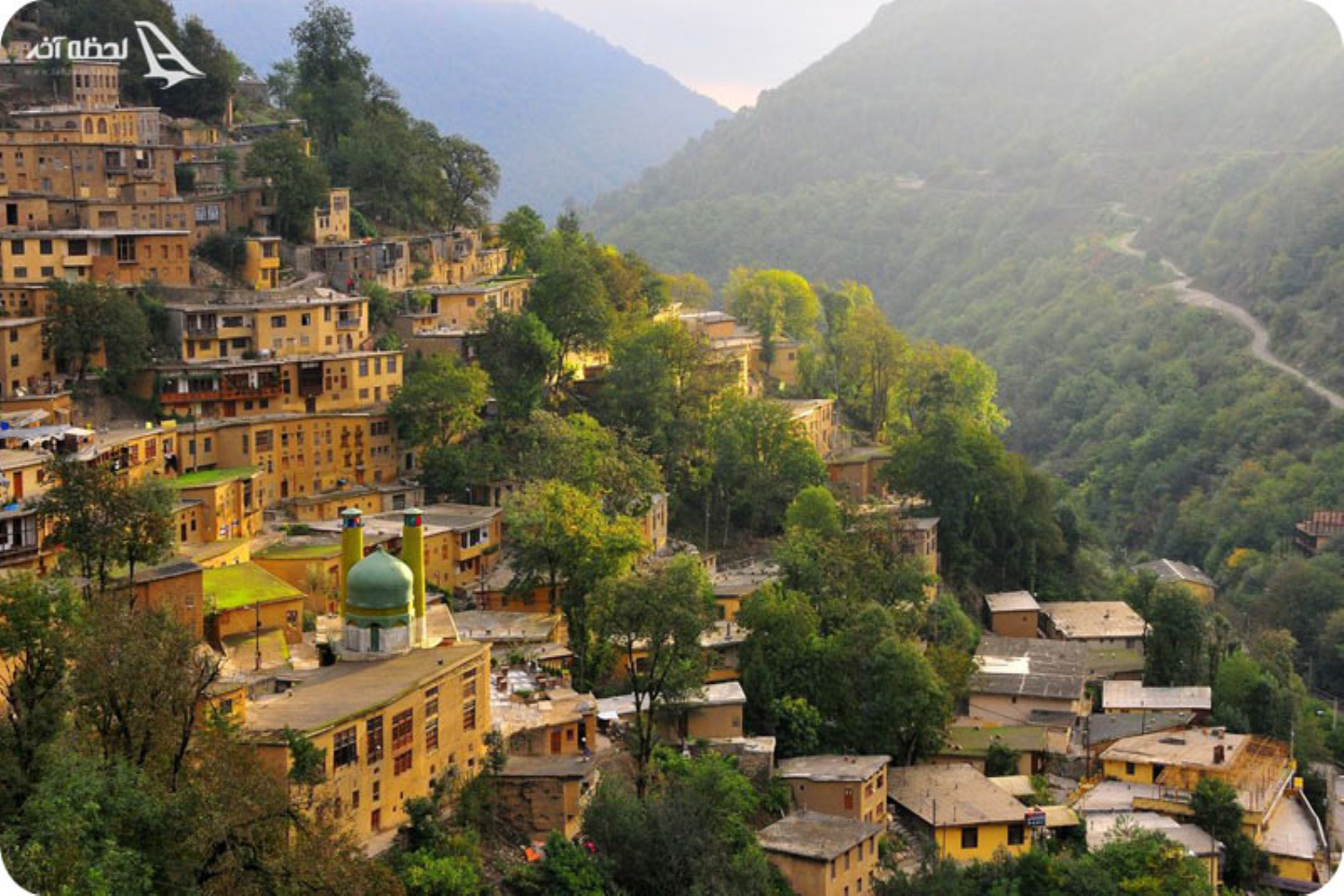
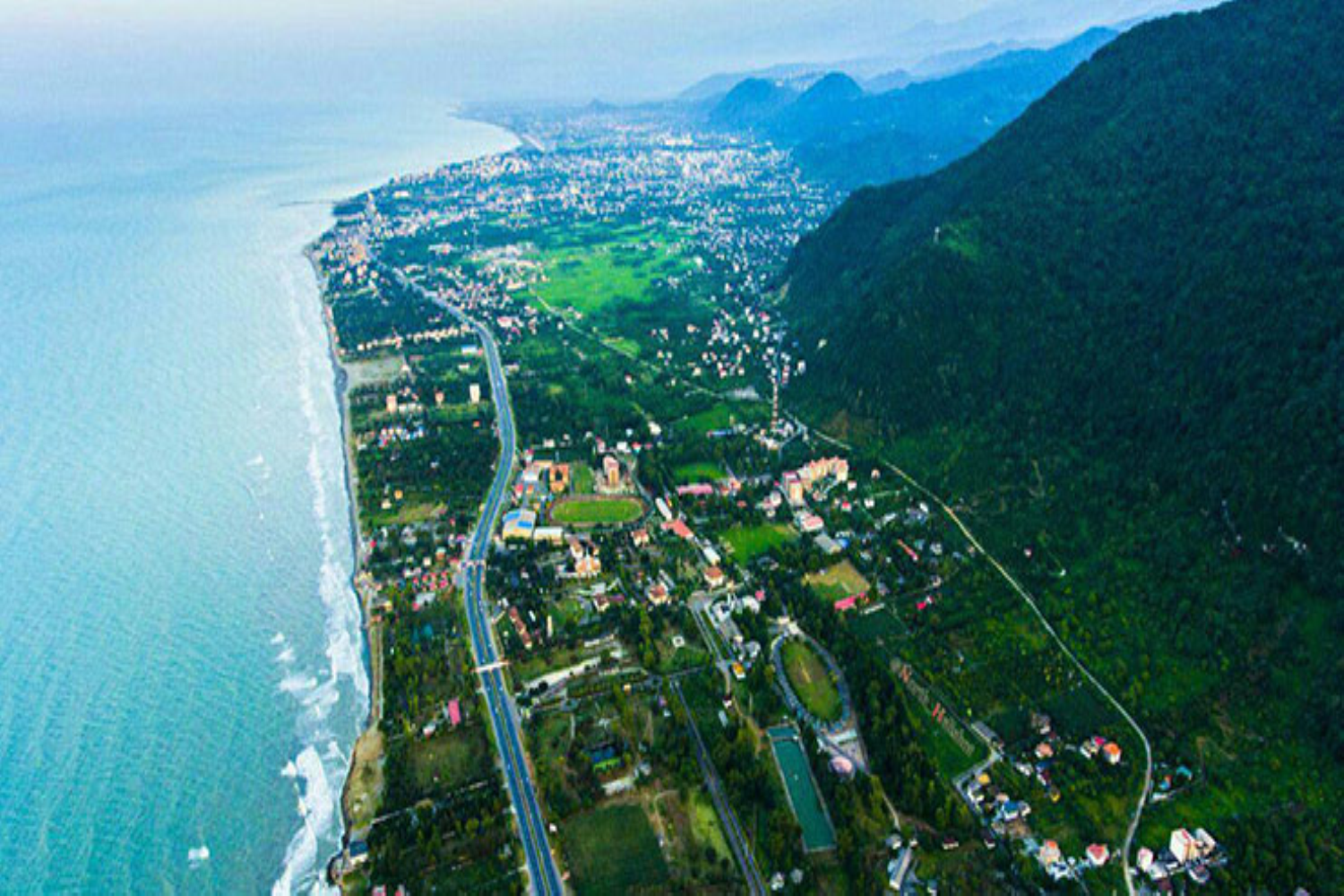
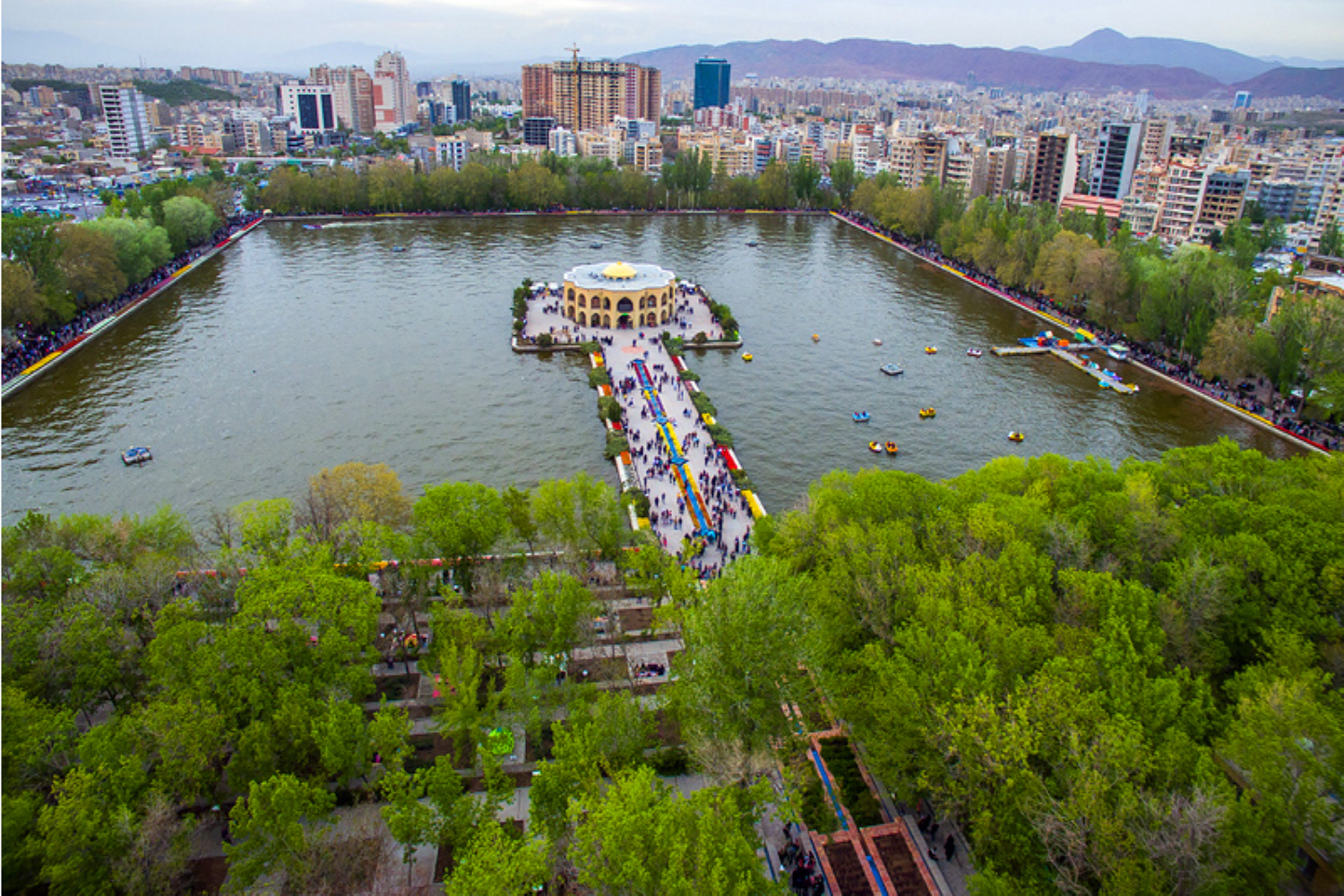
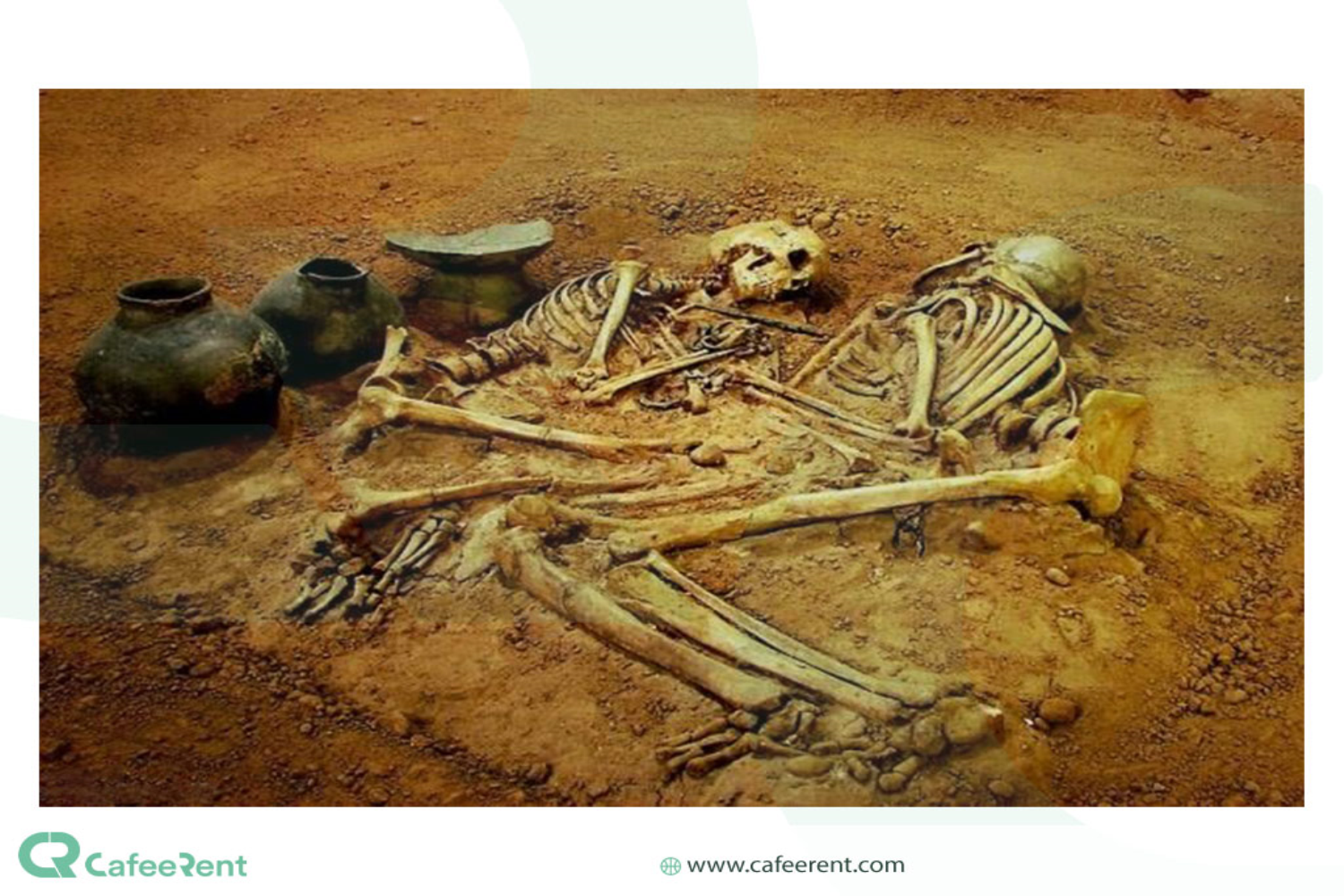
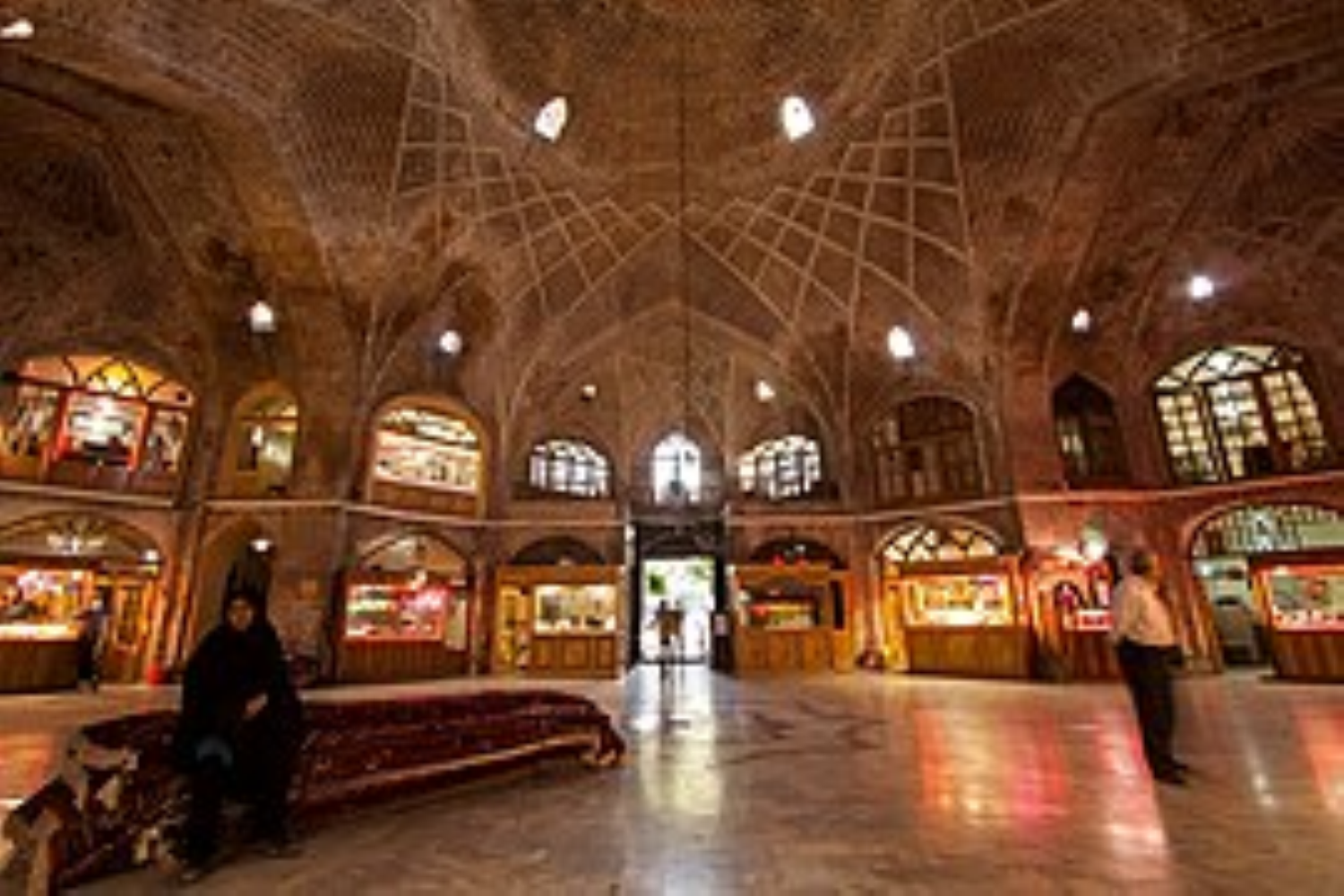
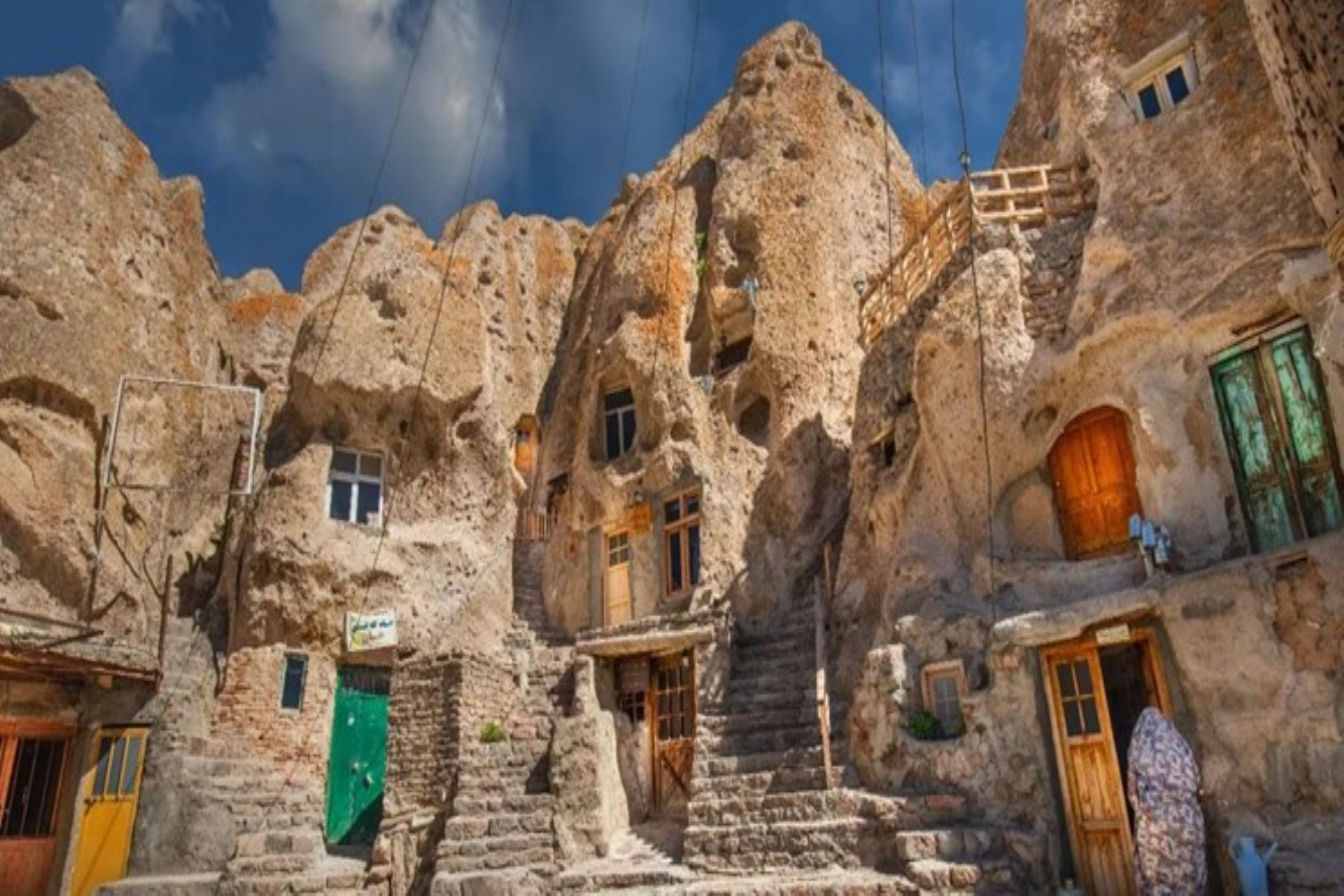
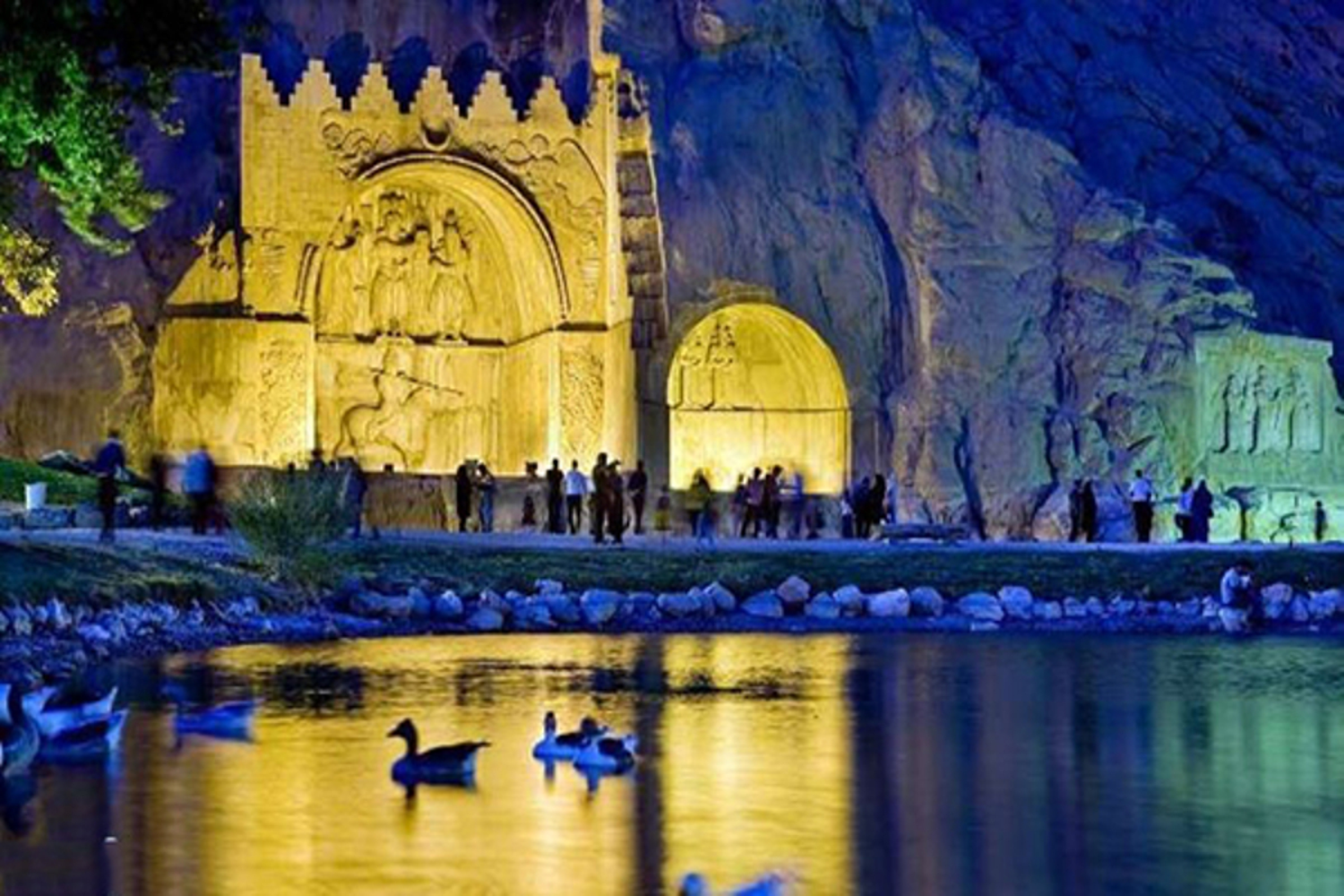
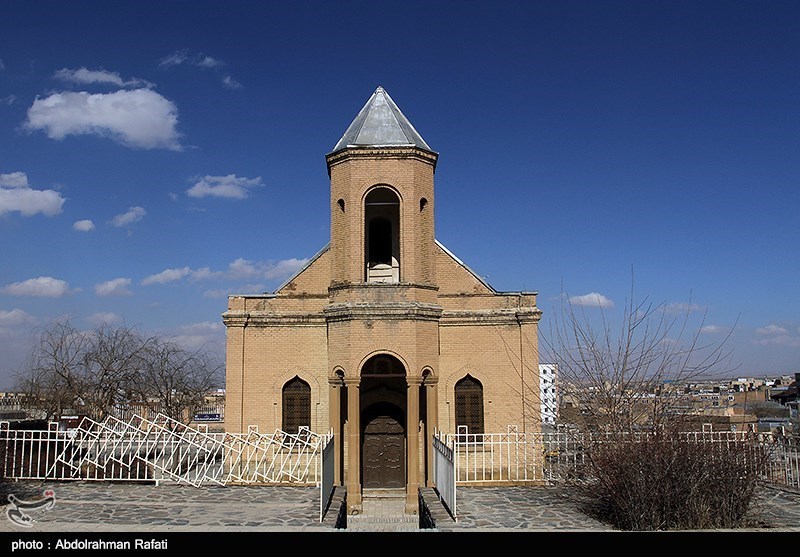
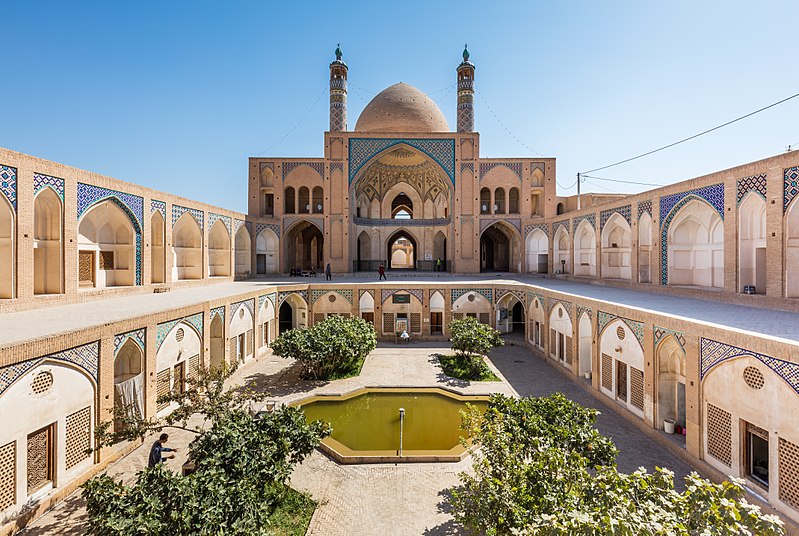
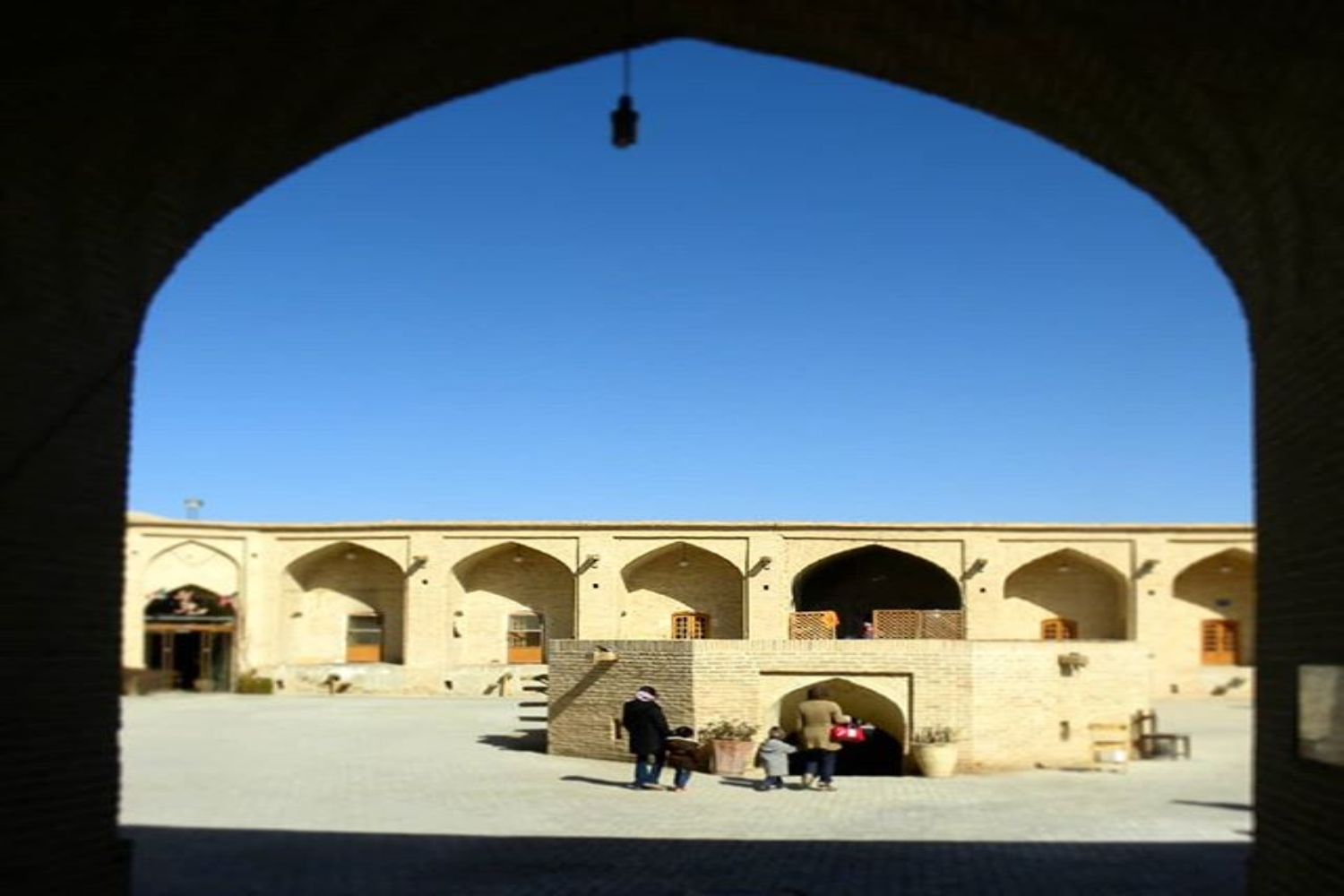
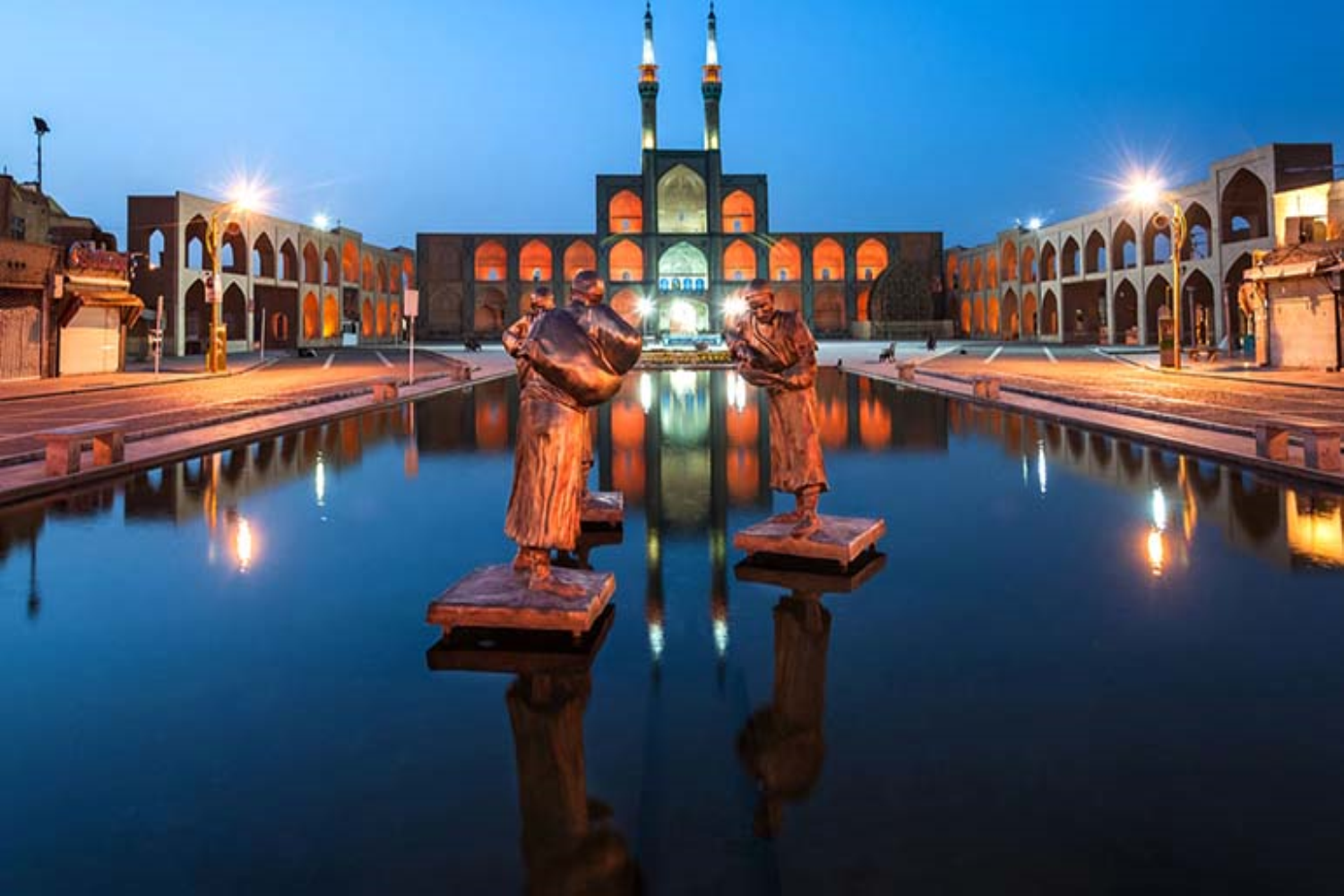
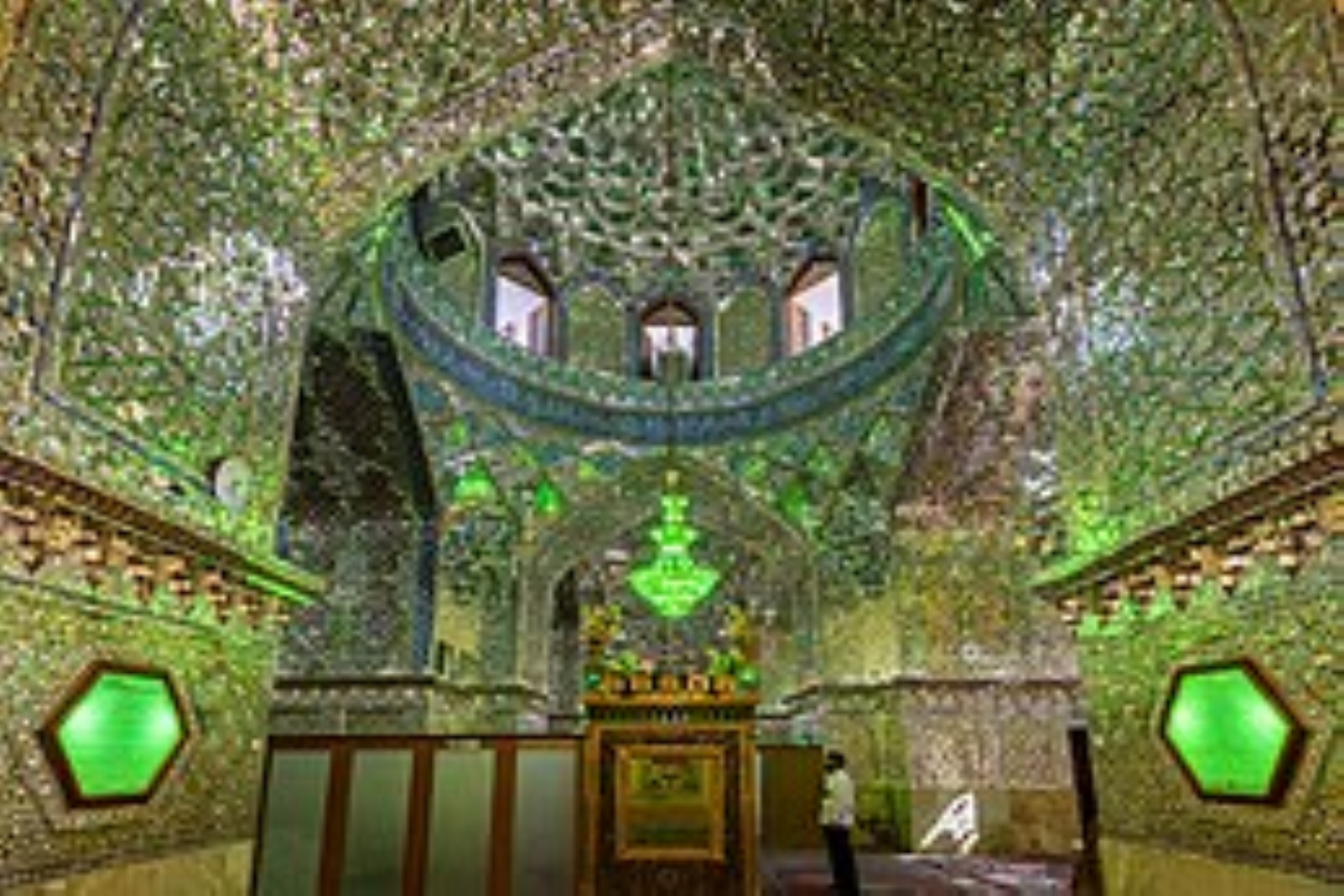
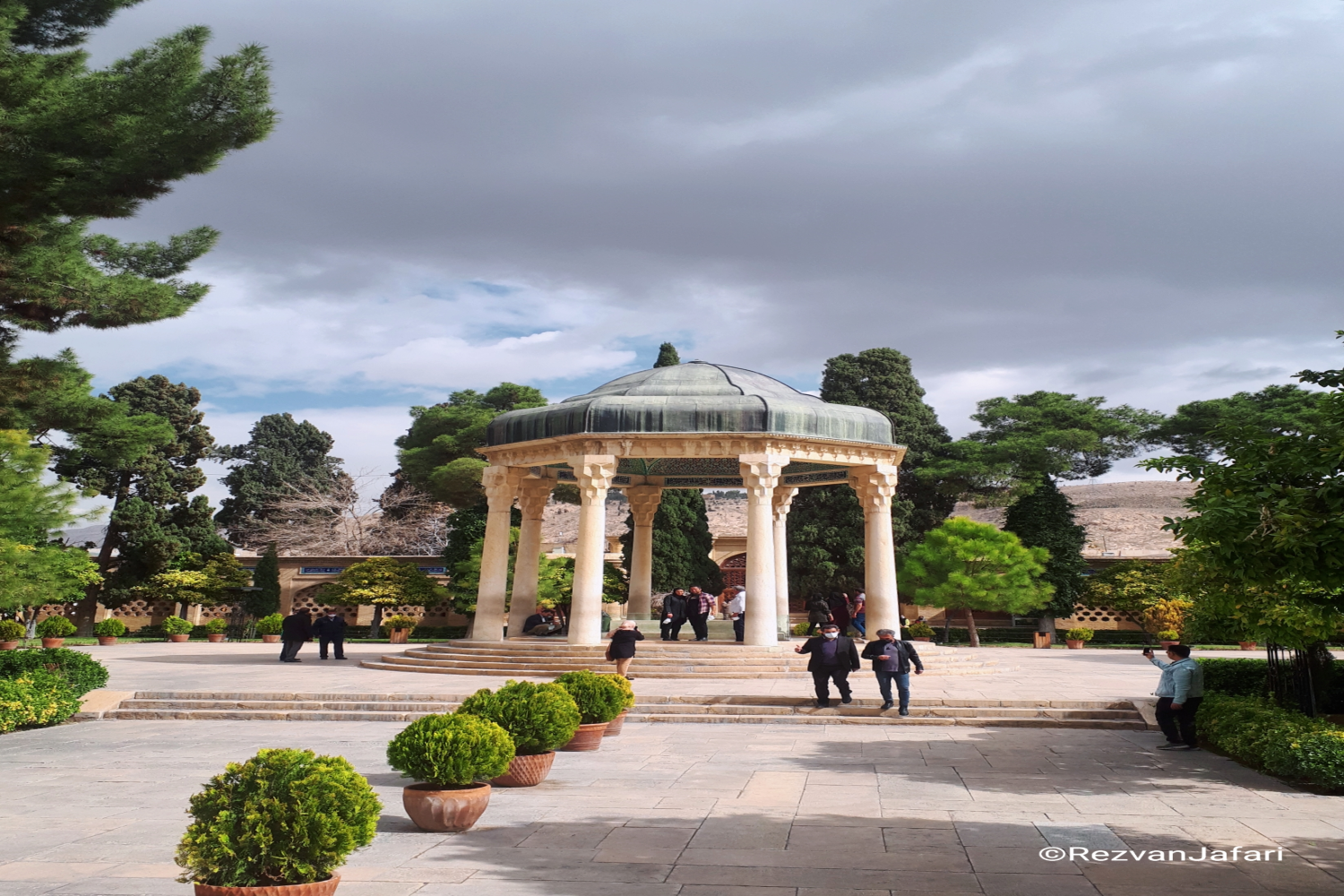
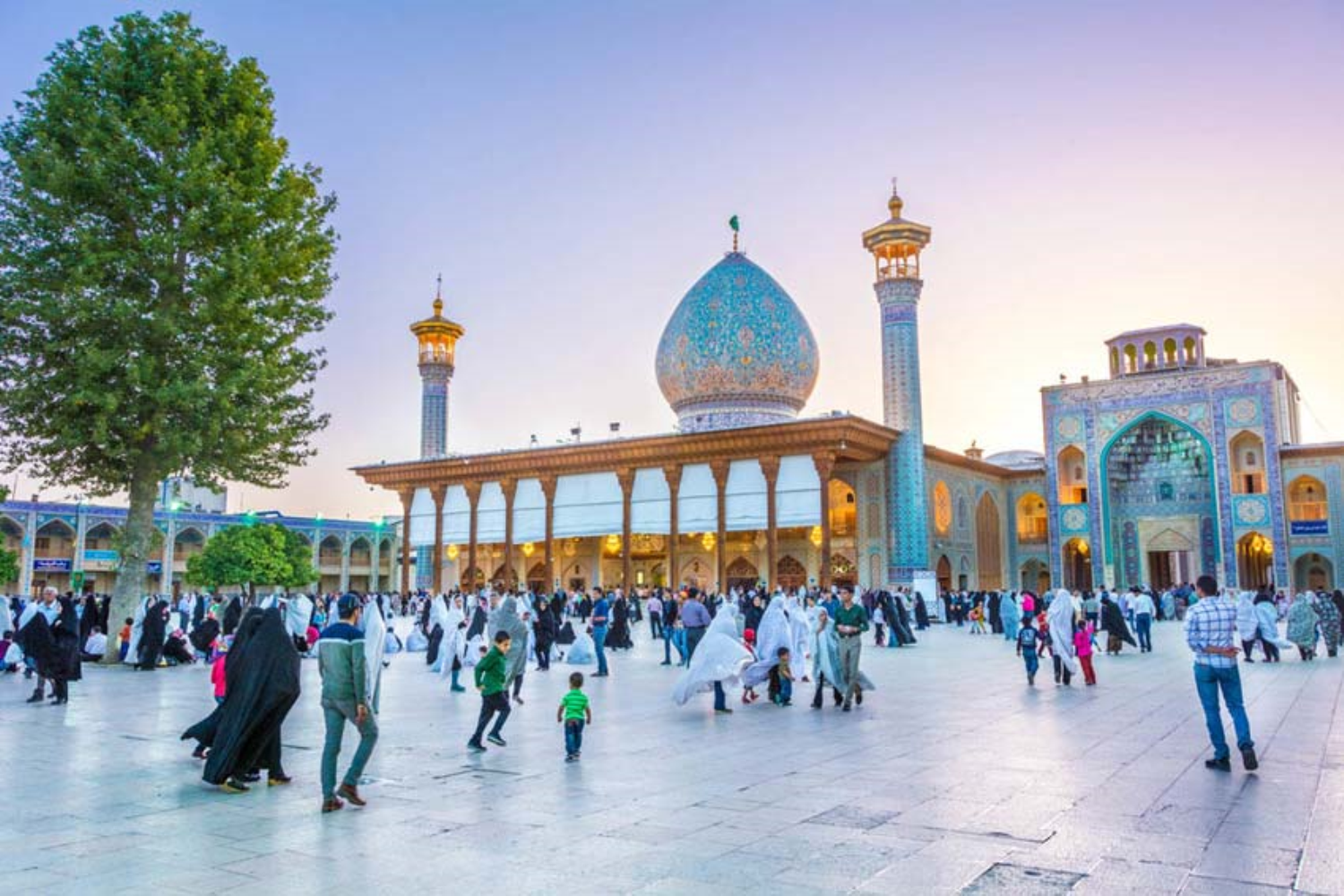
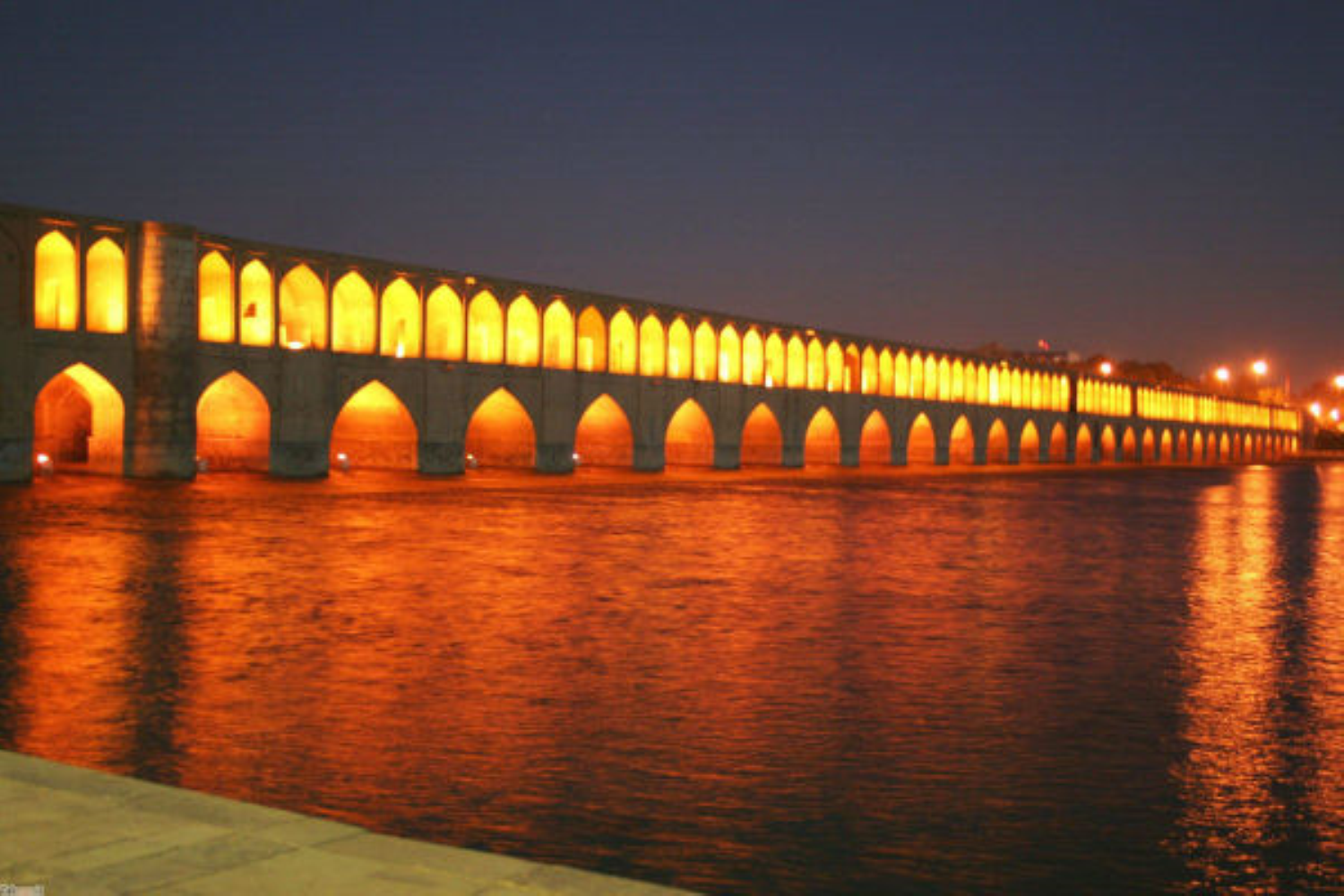
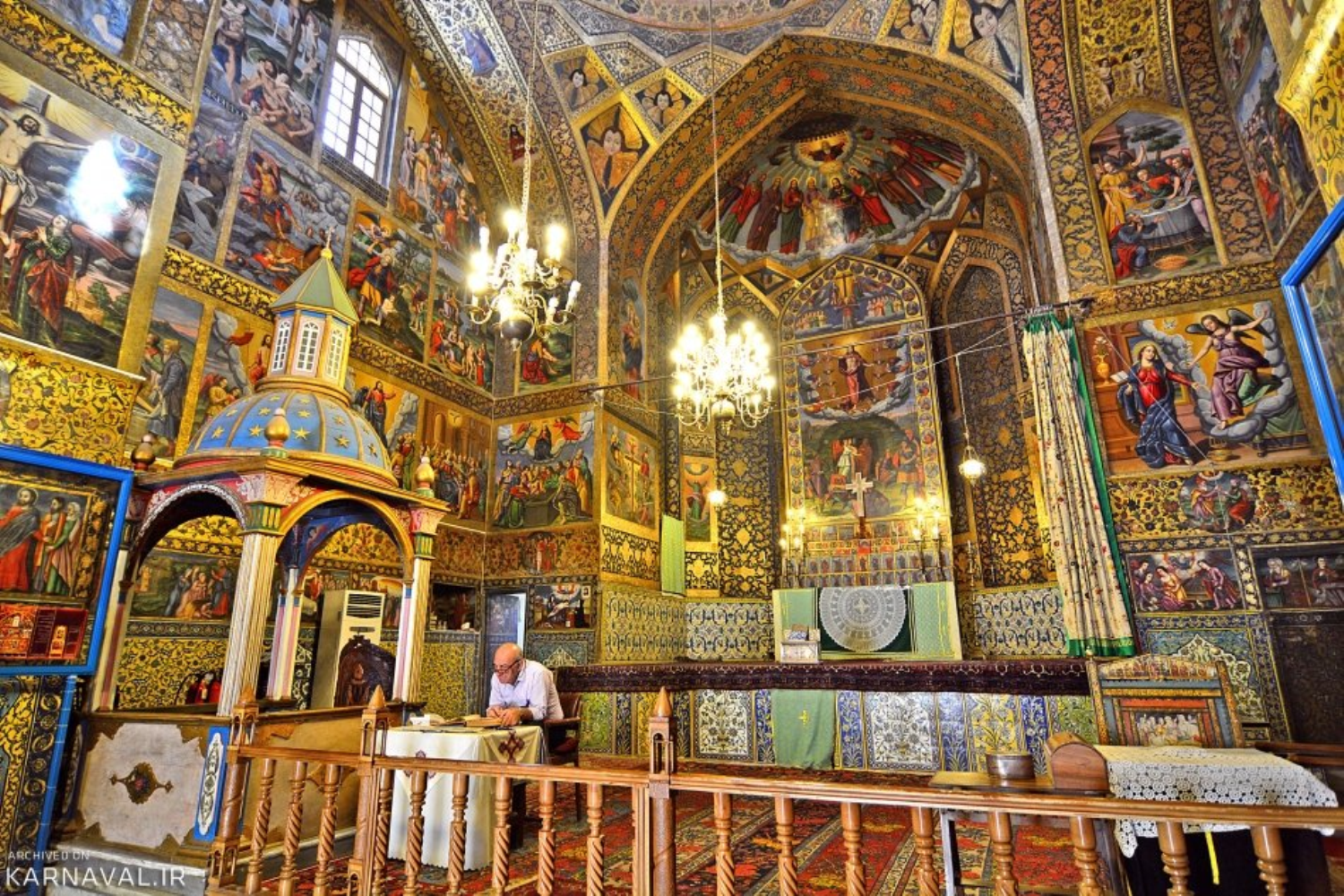
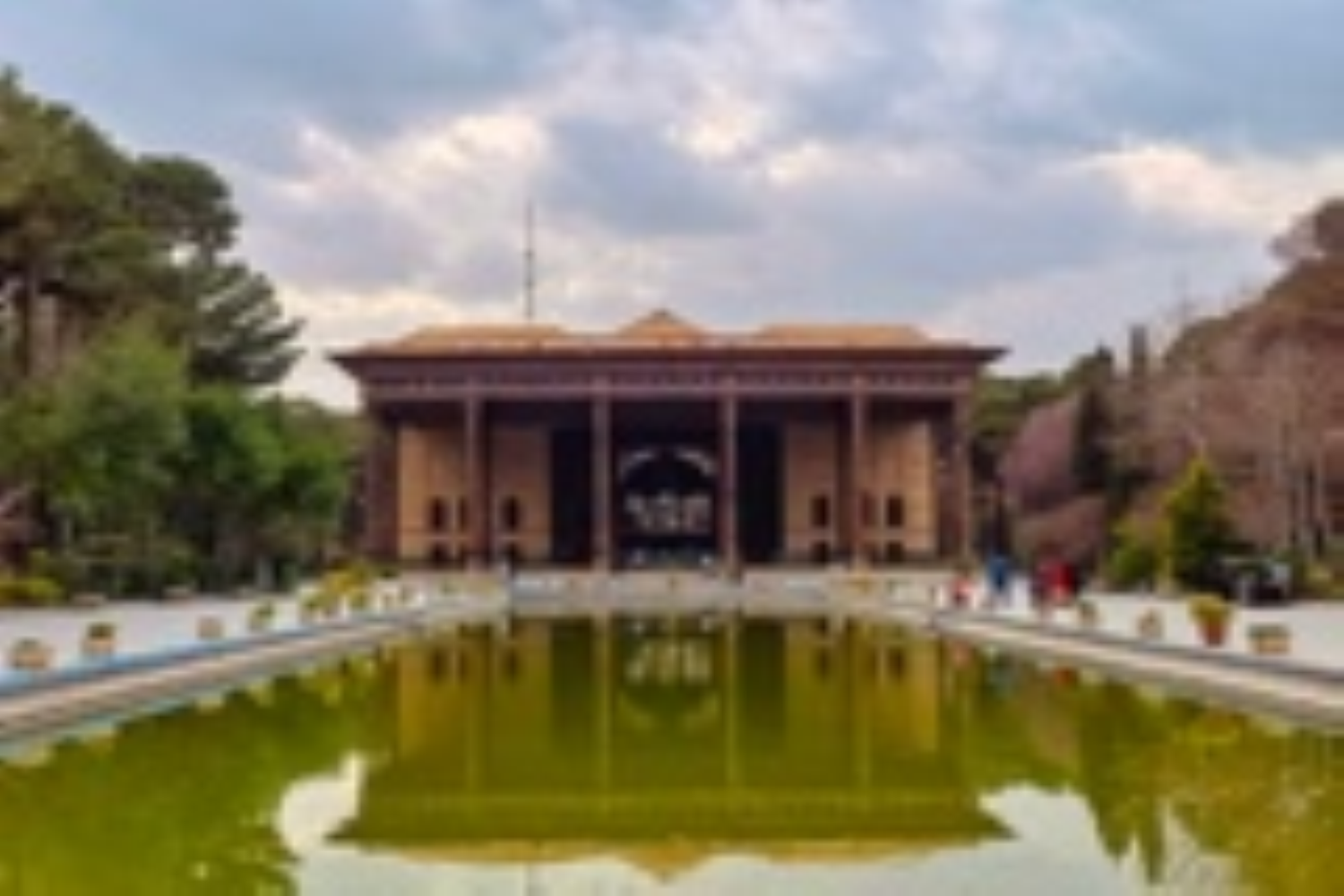
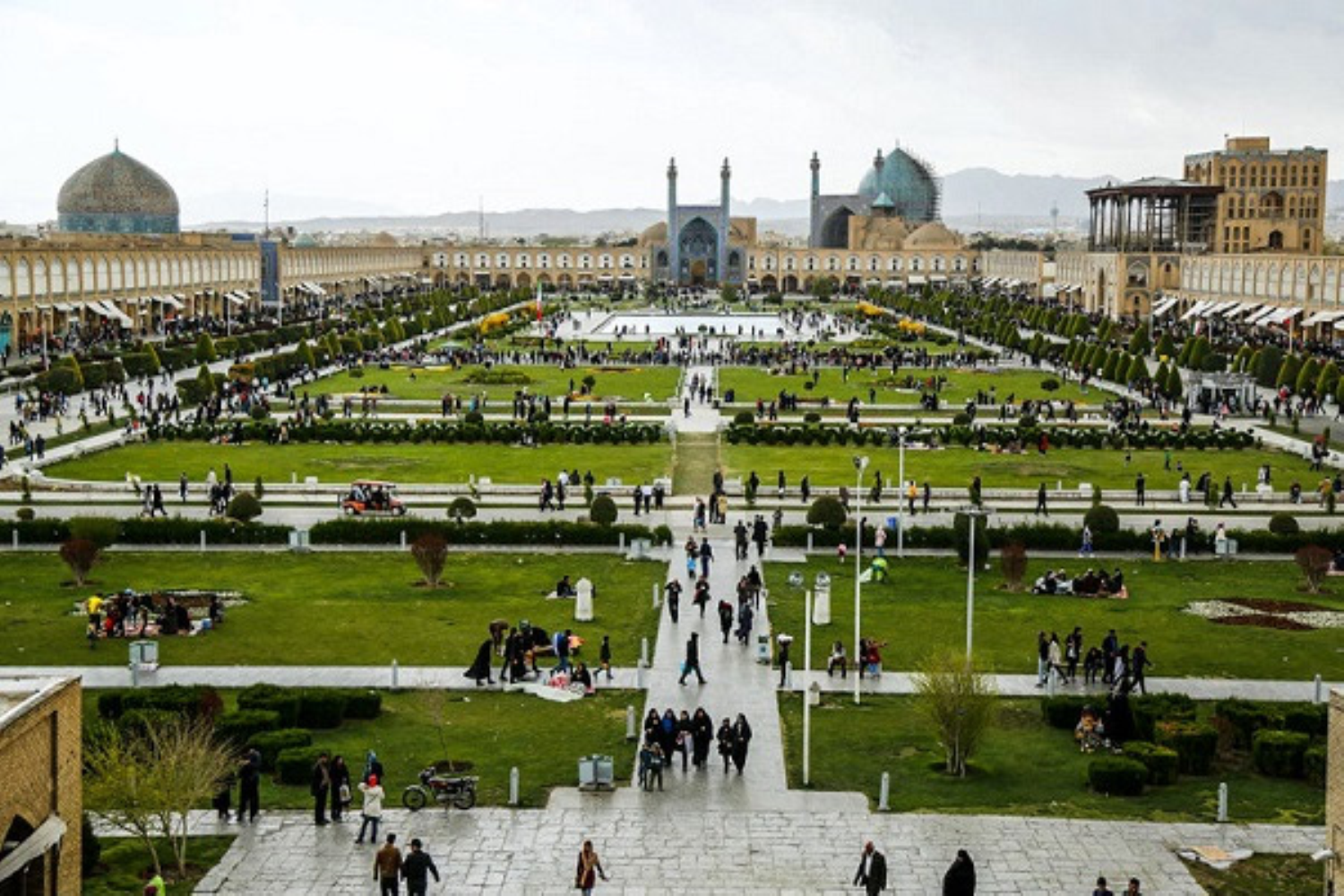
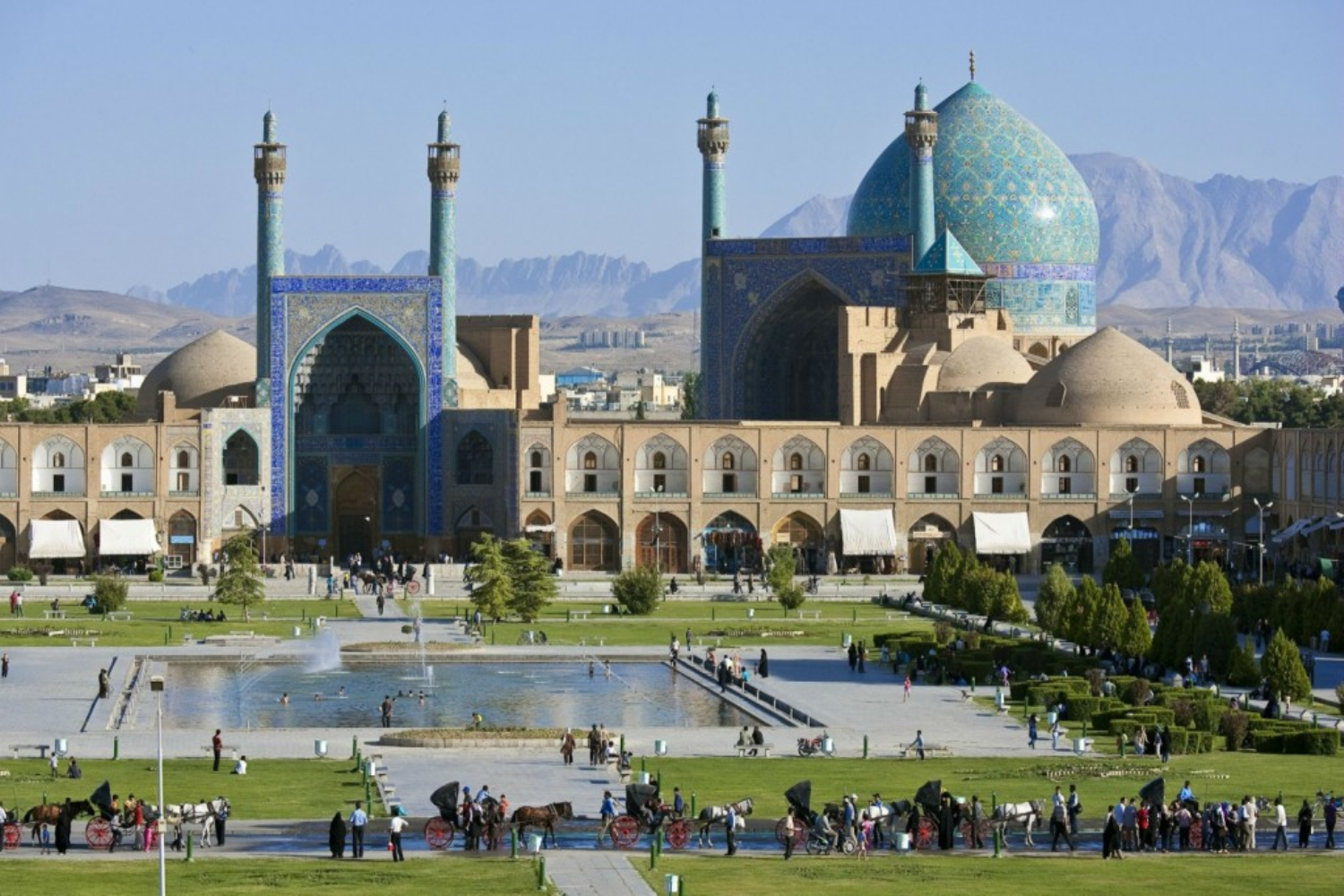
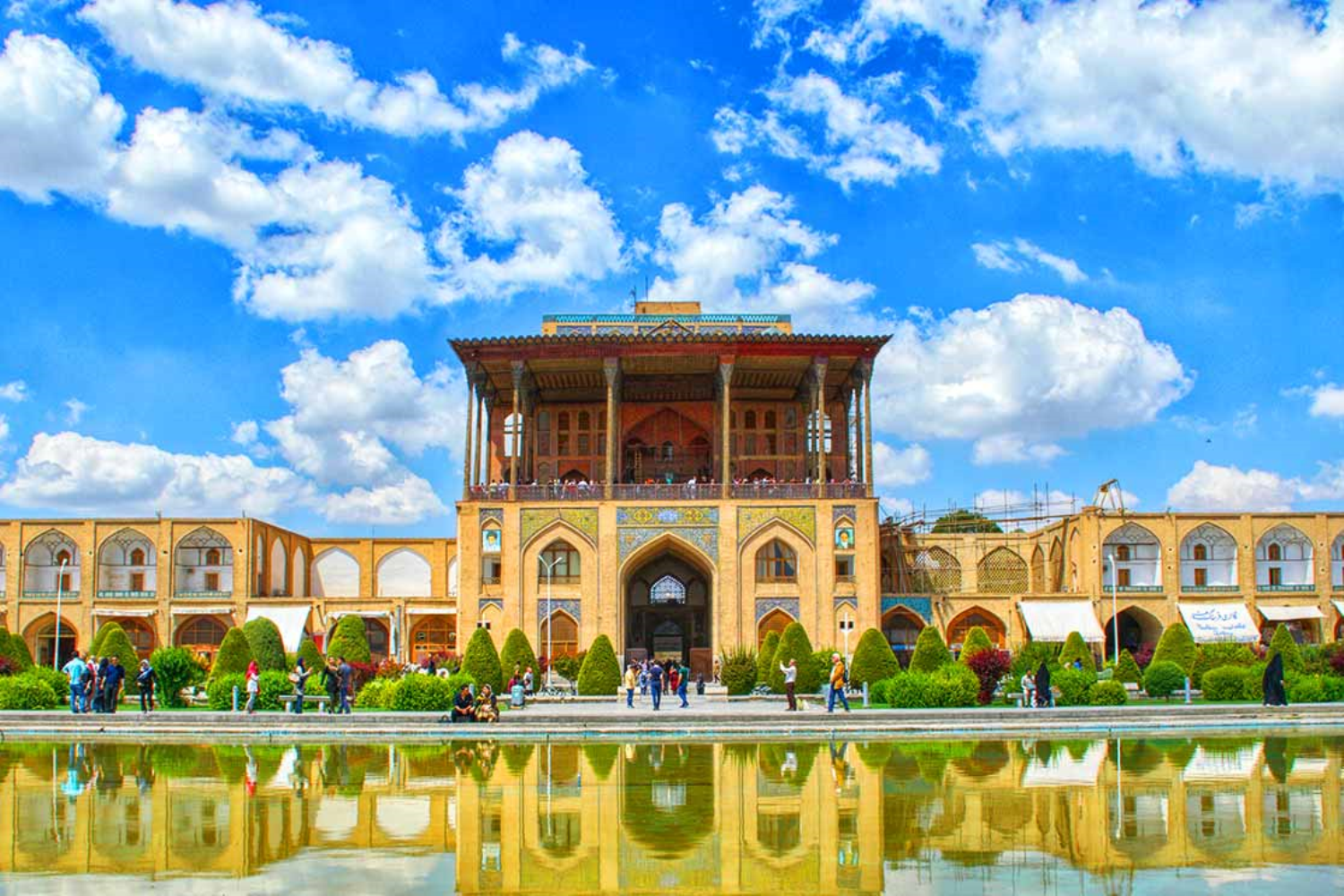
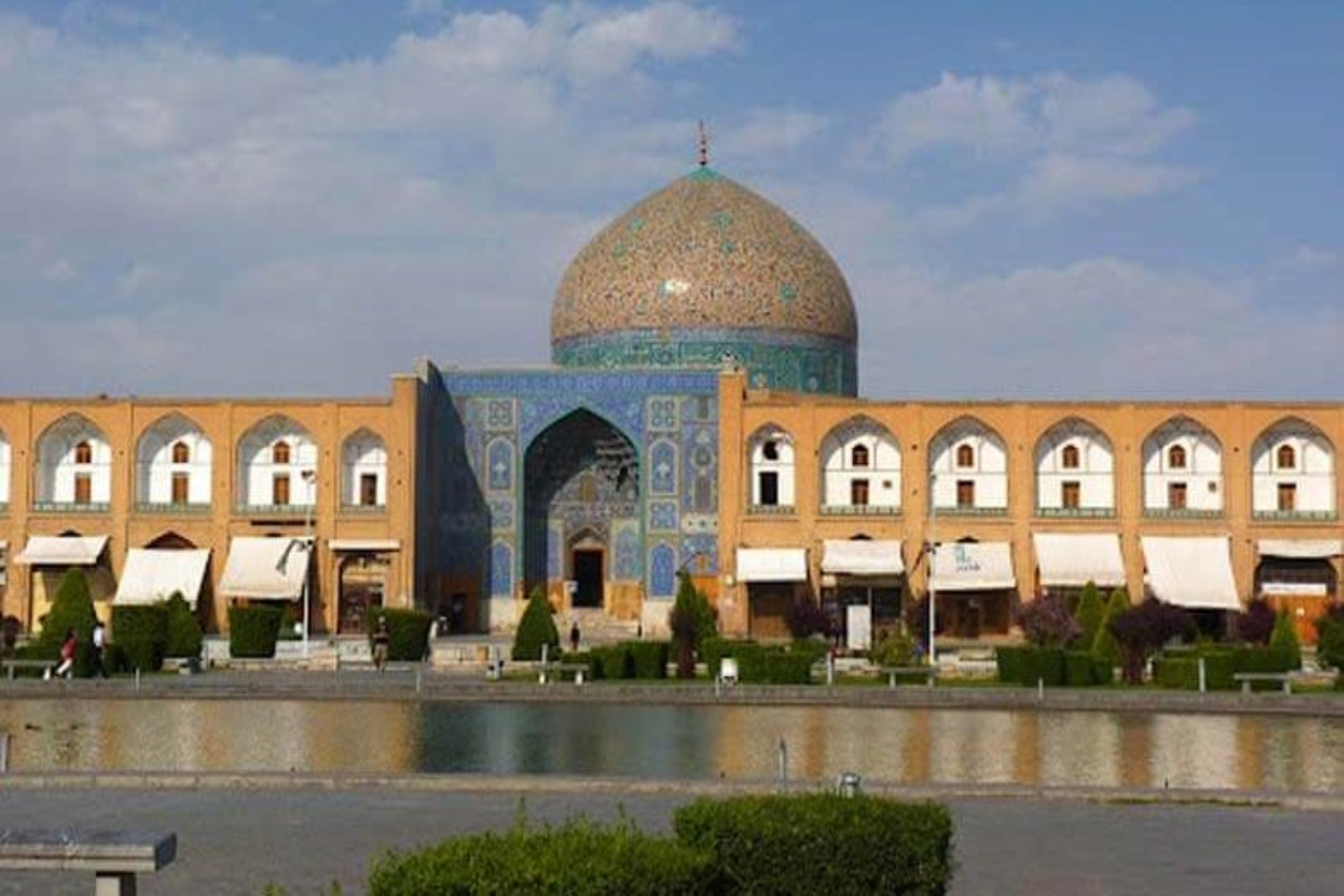
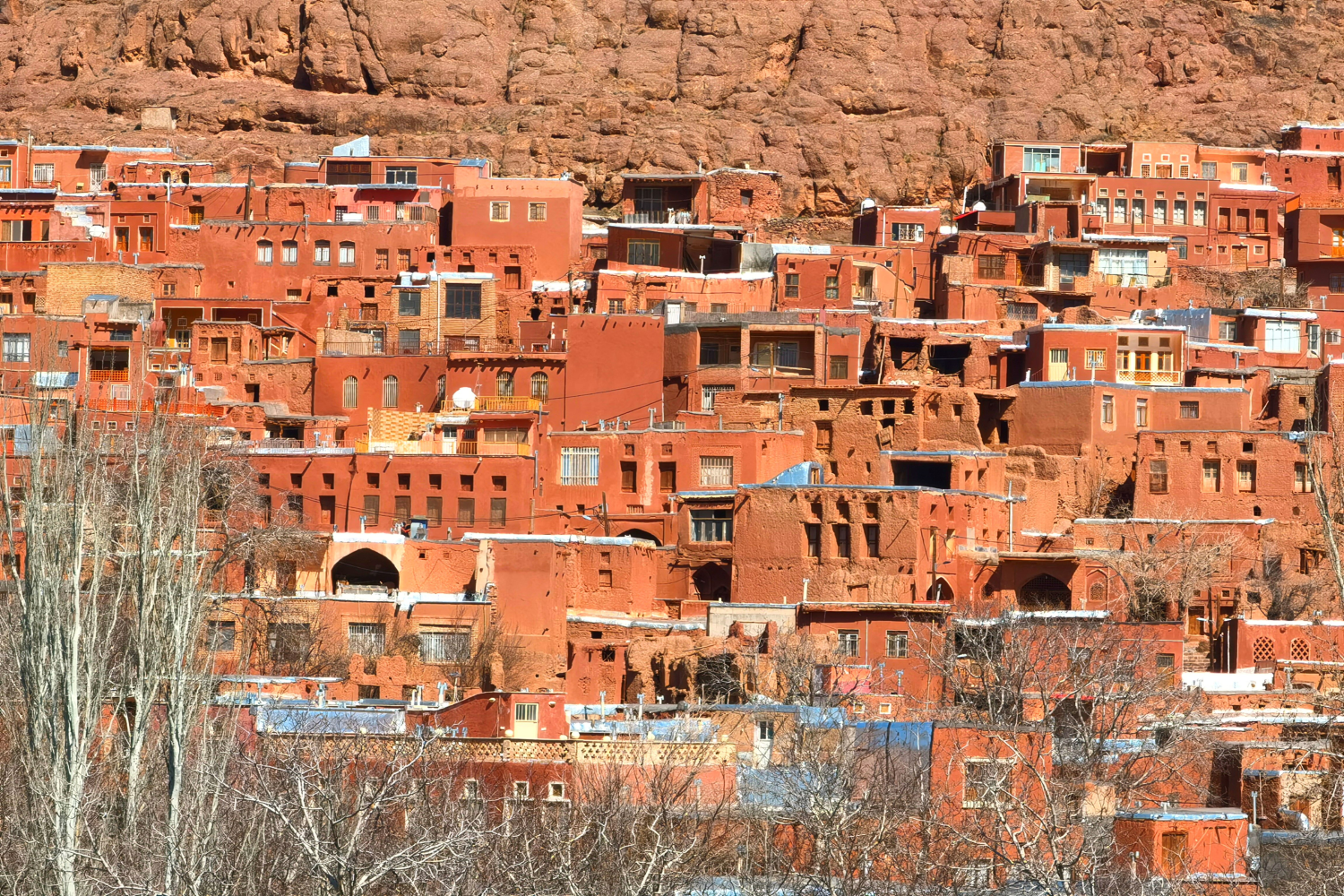
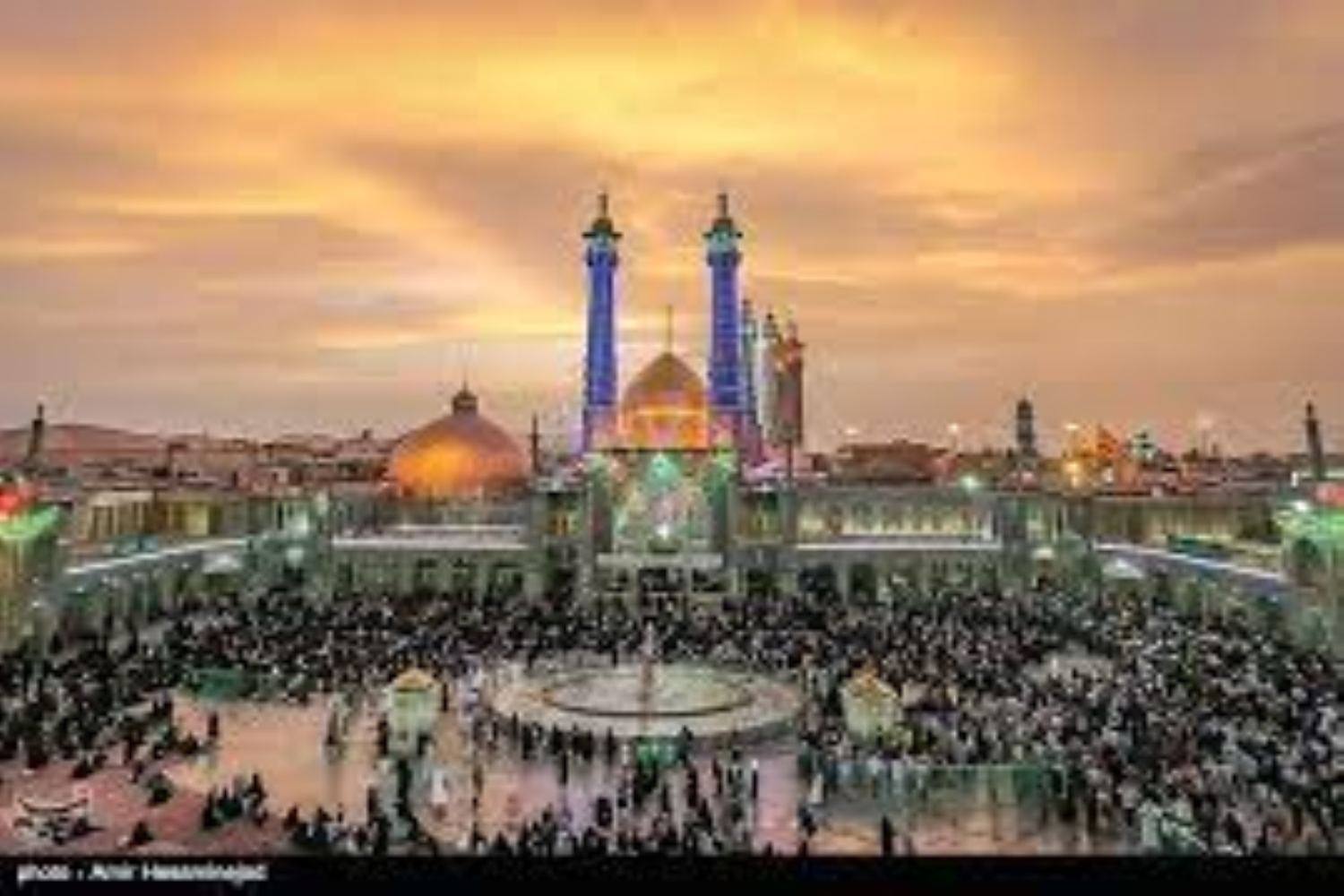
Highlights
Faq
Yes. We include Iranian travel insurance with up to 10k in medical coverage in every tour package over 7 days.
Yes. All entrance fees to all listed attractions are included. If you wish to see additional attractions, you will have to pay separate entrance fees for each one.
Yes. Your tour will be led by a local guide from each region or city you visit.
Only breakfast. Our package tours are half-board, meaning you are responsible for your lunch and dinner.
Once we process your visa, you can pick it up before you come, at one of Iran’s global embassies or consulates, or upon your arrival, at the Iranian airport.
Yes. Iranian hotels are quite similar to western hotels.
Yes. All package tours are tailor-made for you and your group.
40% for each traveler. Our prices are based on your group size and preferences in accommodation, transportation and sites.
Your international flight to and from Iran, visa fees, meals (breakfast included), and personal expenses.
Yes. We can help you extend your visa for up to 90 days. We can also help plan the rest of your trip and book your accommodations, transportation, and reservations.
Yes. We can adjust your package tour based on your interests and preferences. Some details, such as bookings and reservations, can require 1-7 days prior notice.
Yes. If you and your partner are non-Iranian, you will not be asked about your marital status. If you are traveling with an Iranian partner of the opposite sex, hotels may give you a hard time when it comes to shared rooms.
Yes. Your package will be equally divided between the scheduled time and free time. You can also adjust your tour package based on your interests and preferences.
Yes. Iranian cuisine includes multiple vegetarian and vegan dishes. Ask your local guide to show you the best dishes, snacks, and food options.
Yes. We are available to call 24/7. Schedule your video with us and we will be happy to answer any questions or concerns you might have.
Yes. We offer first-time-traveler and seasonal discounts. Let us know when you plan on booking your tour and we will tell you all our active discounts for that time.

